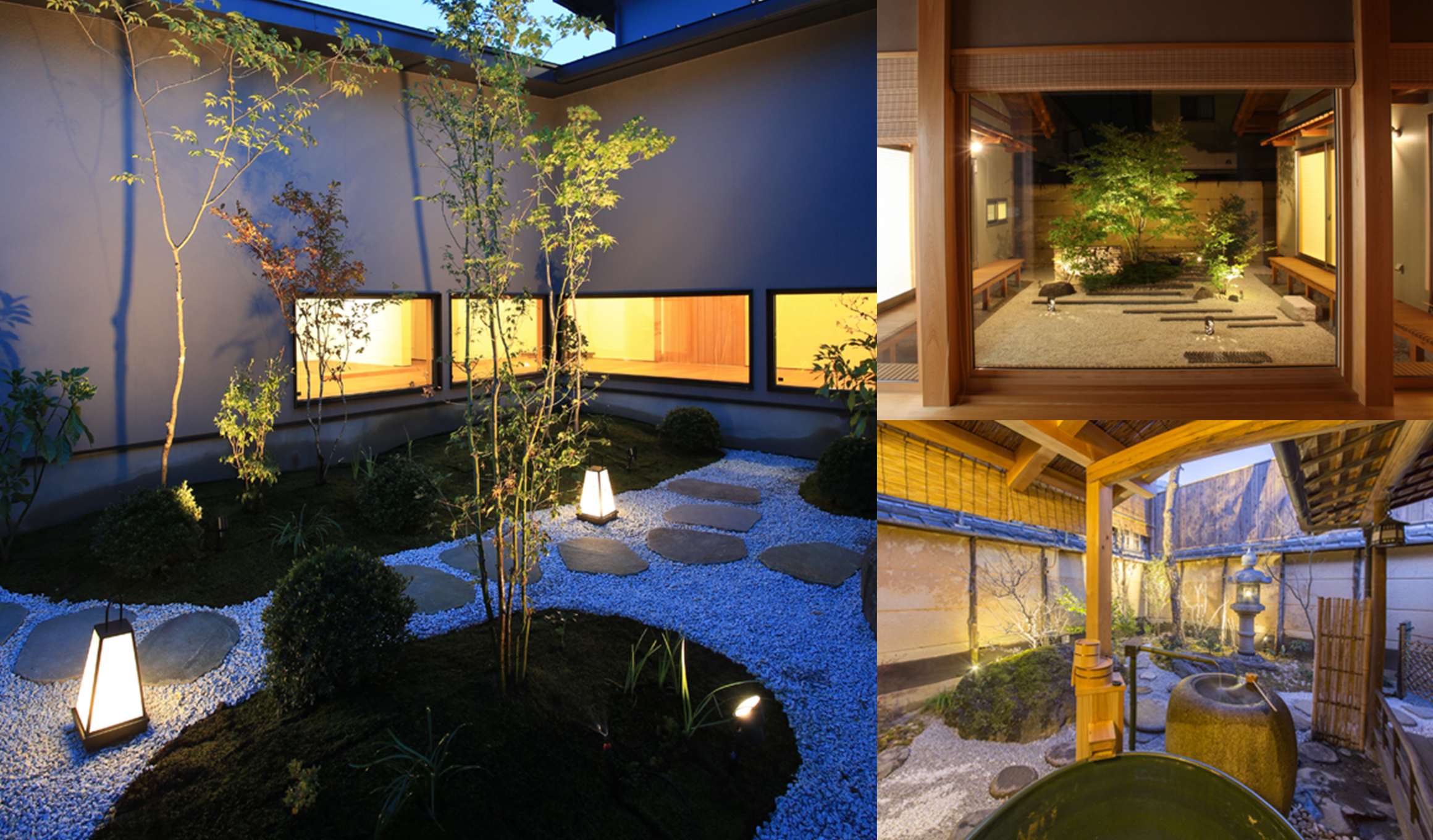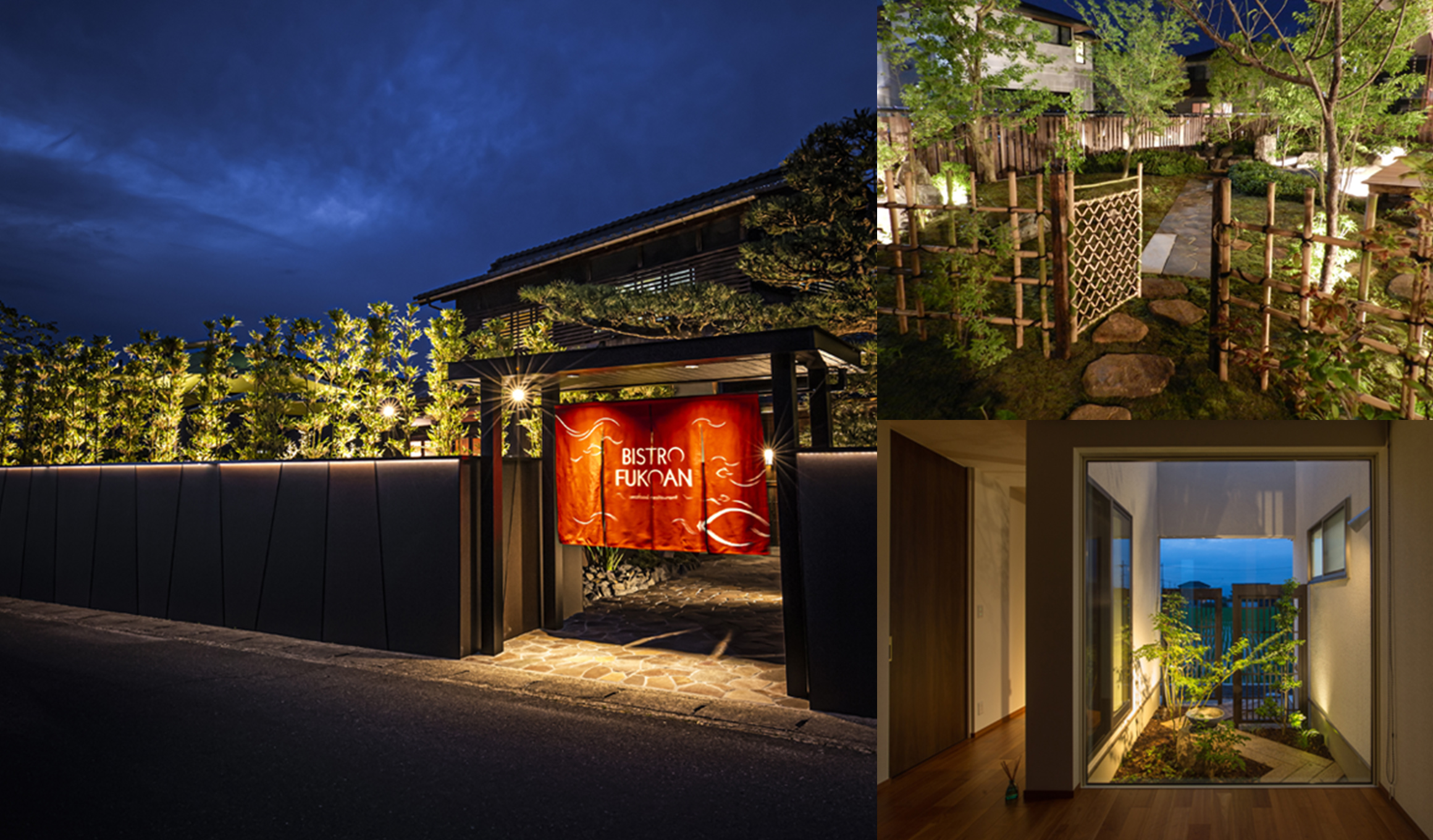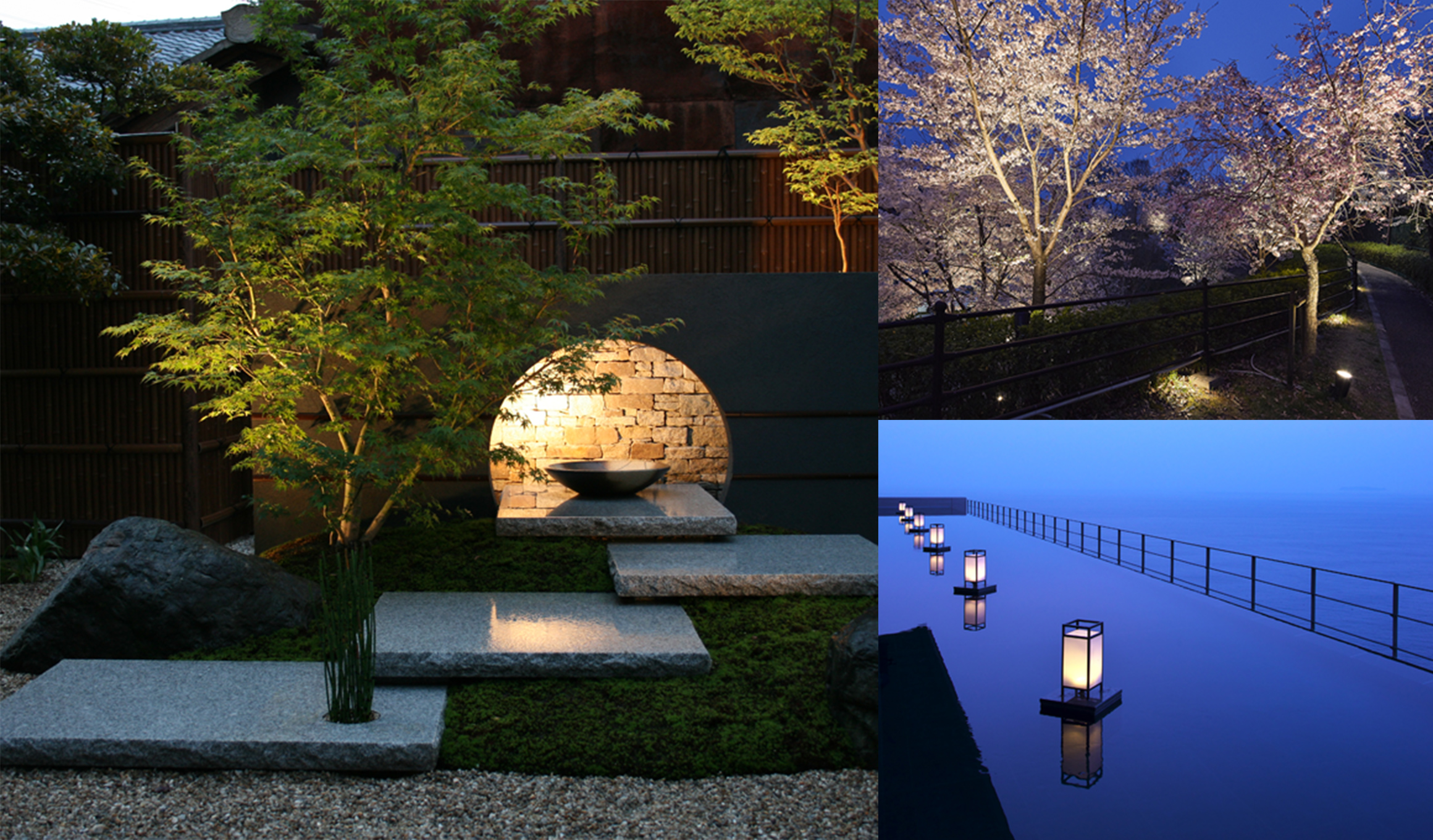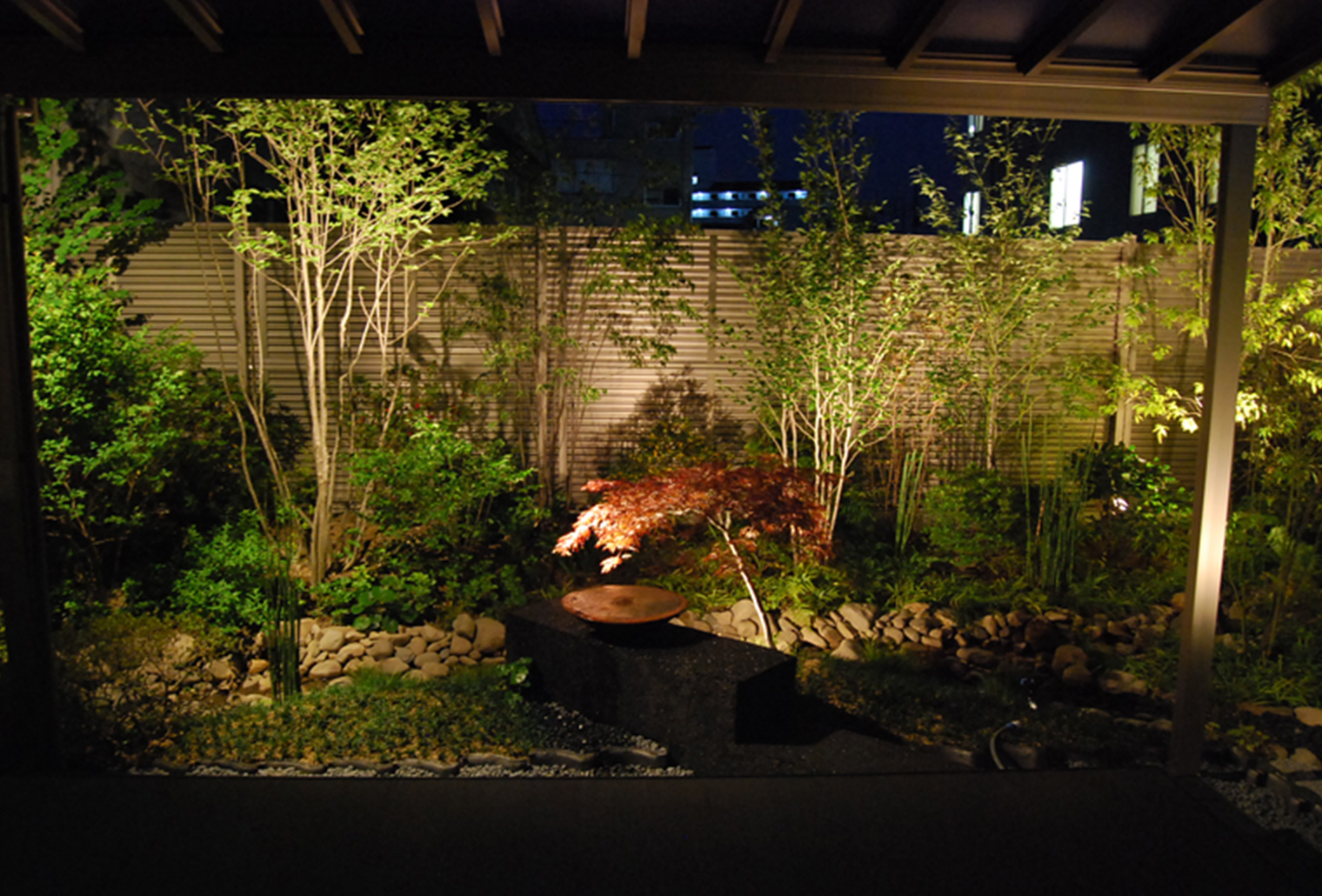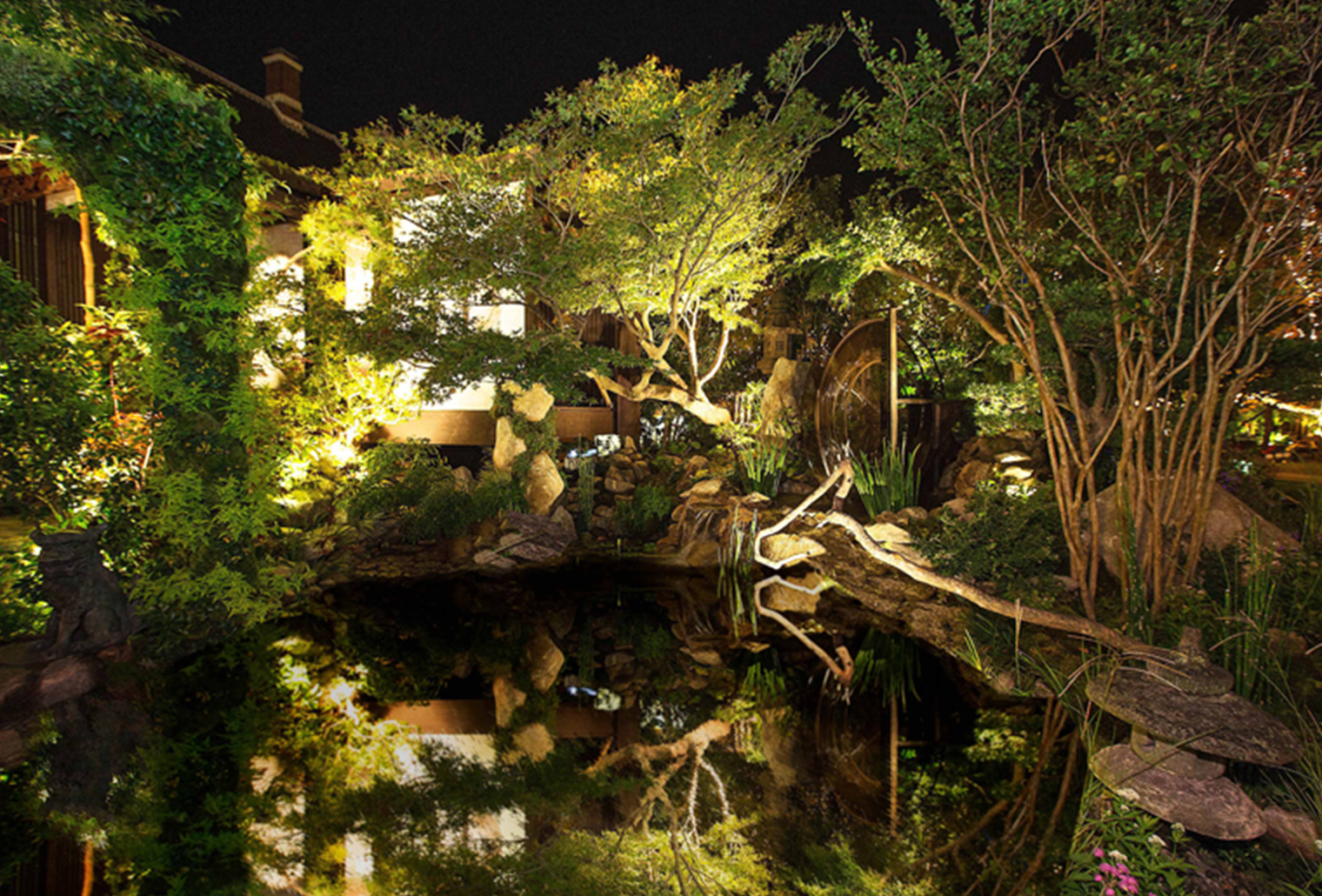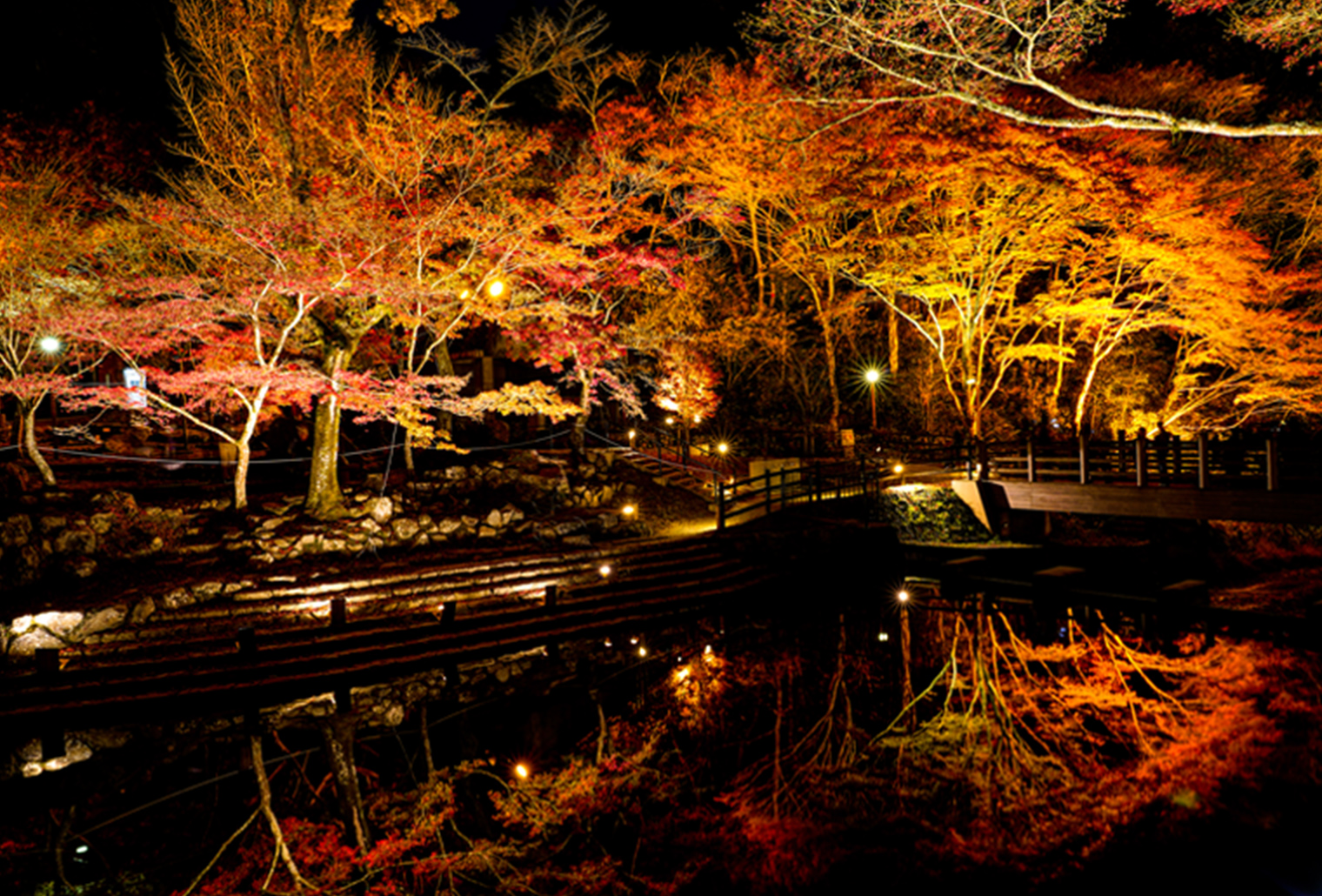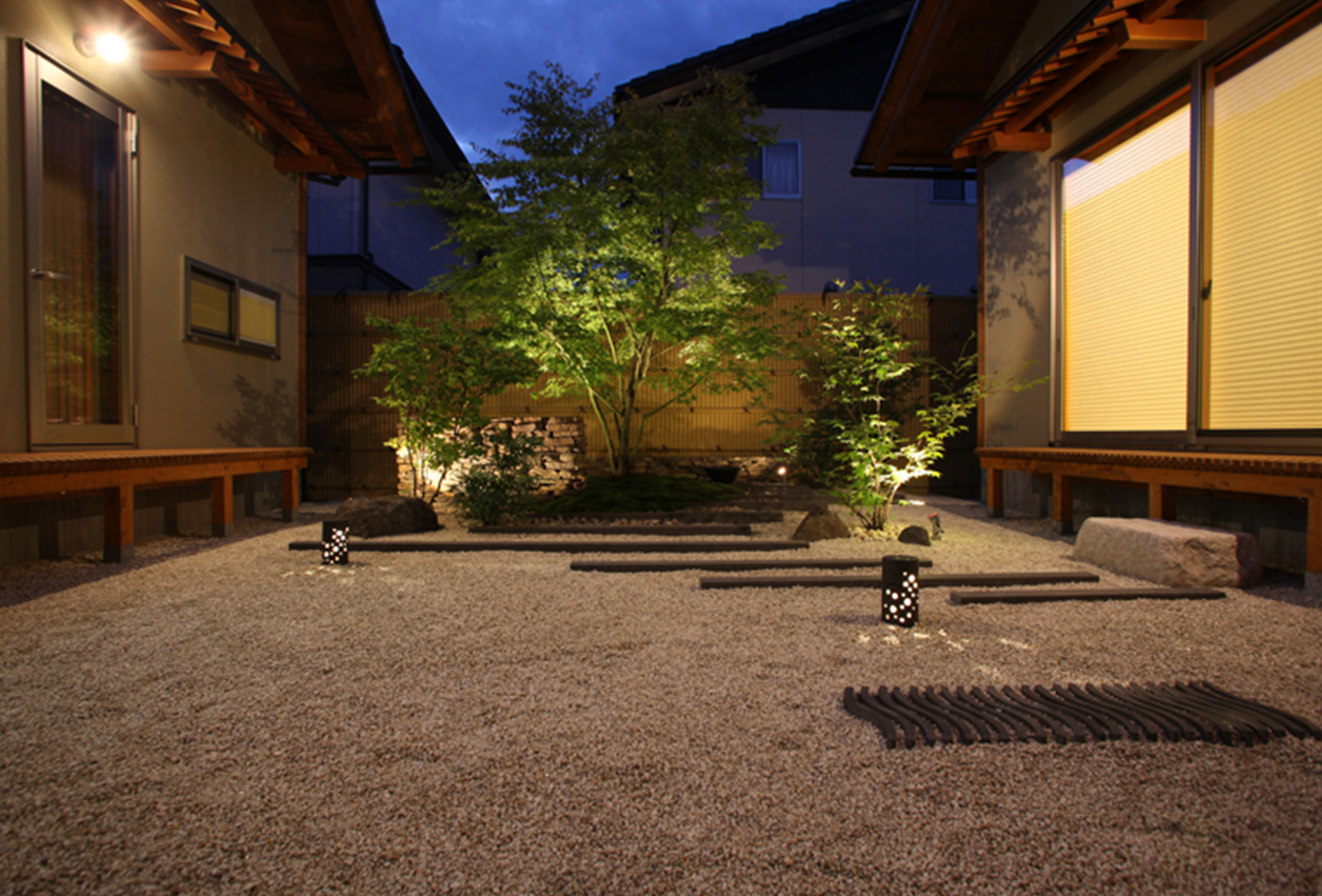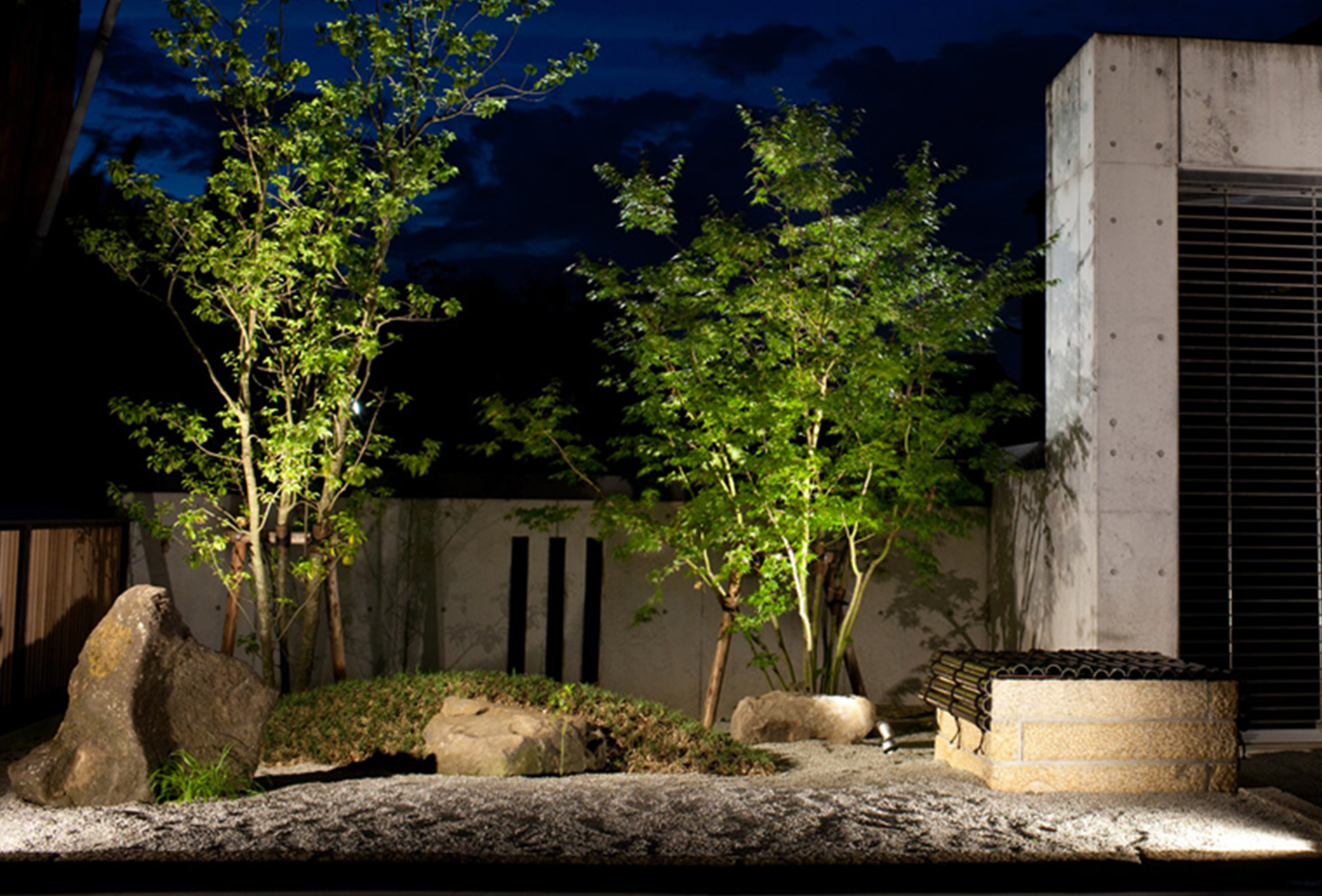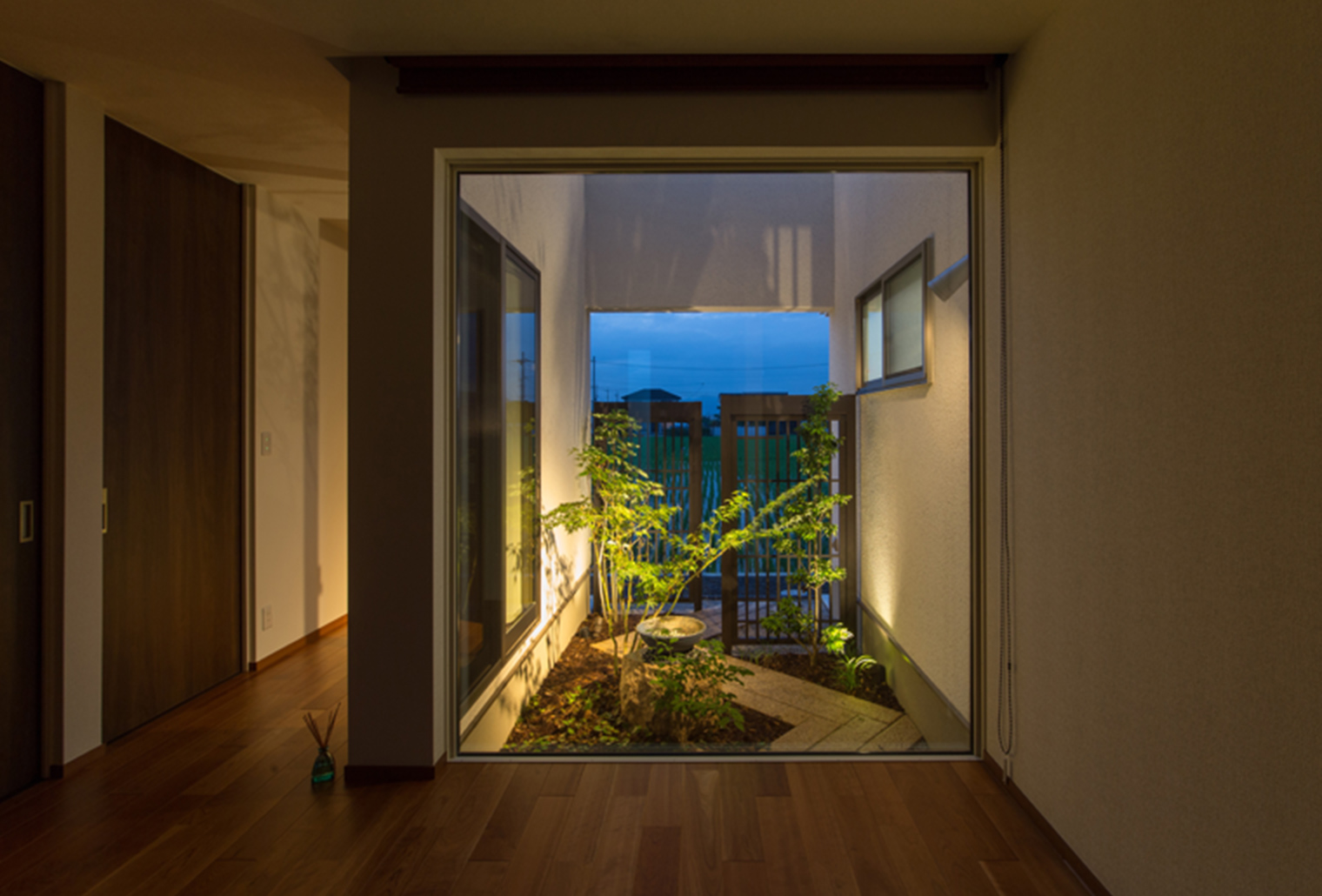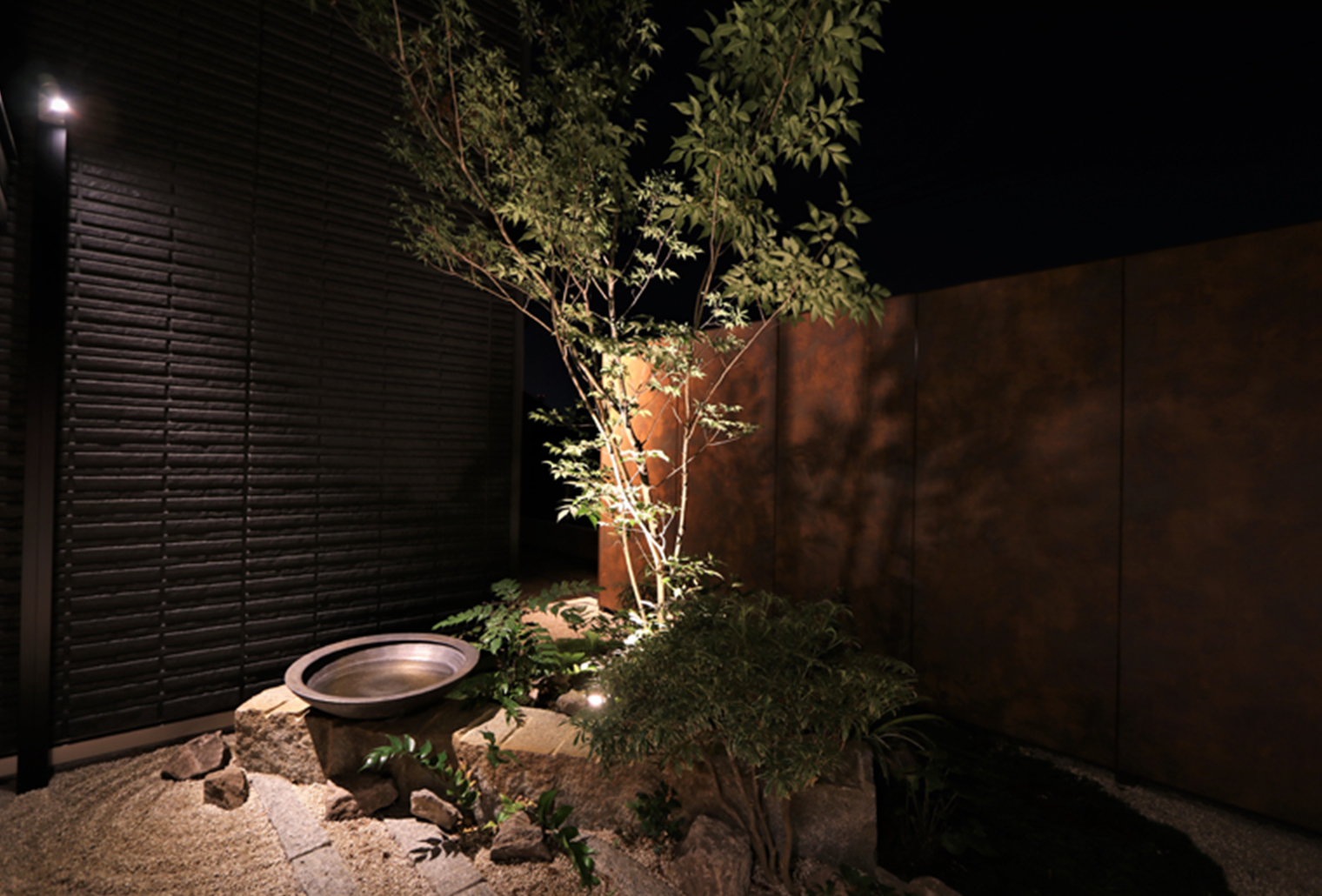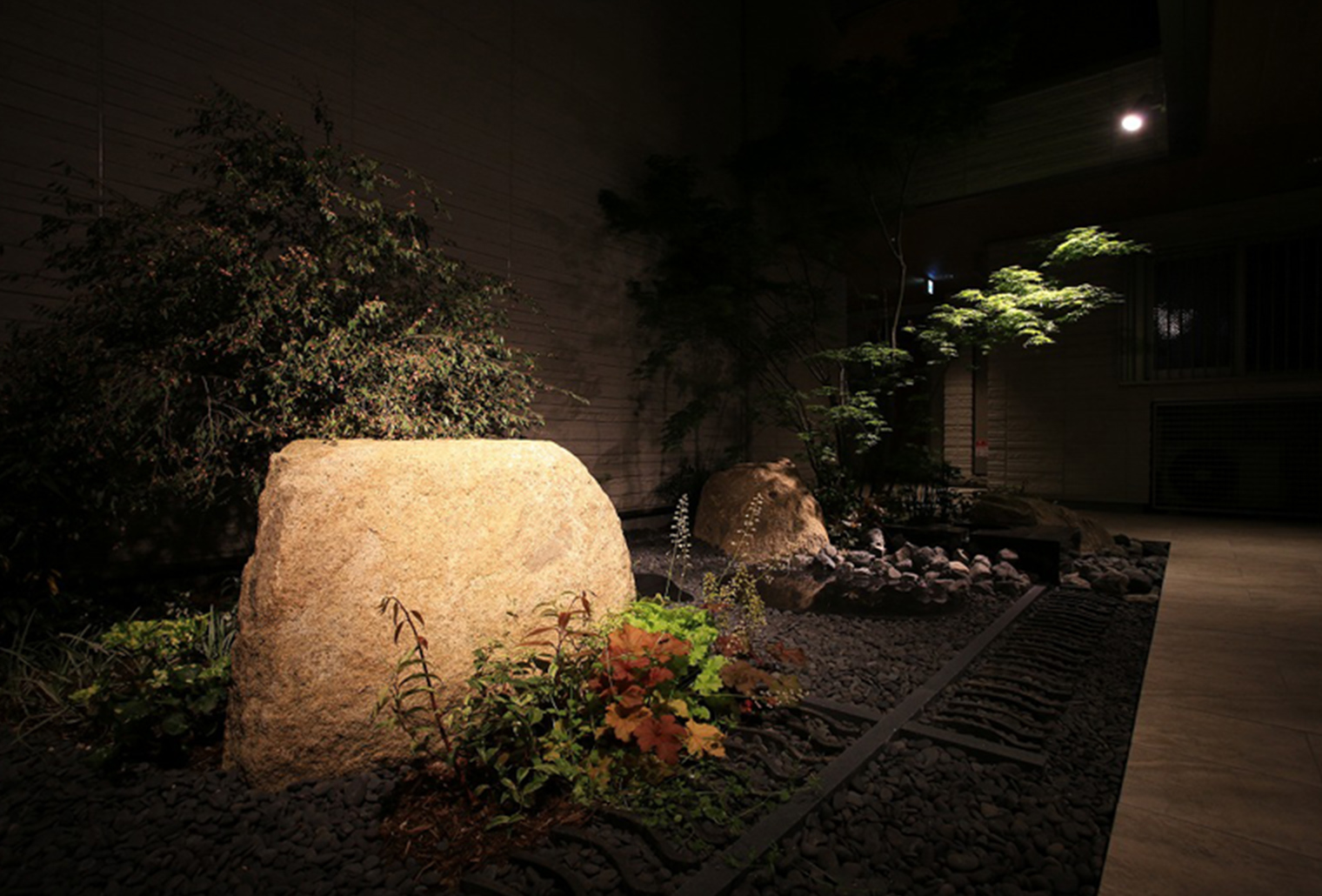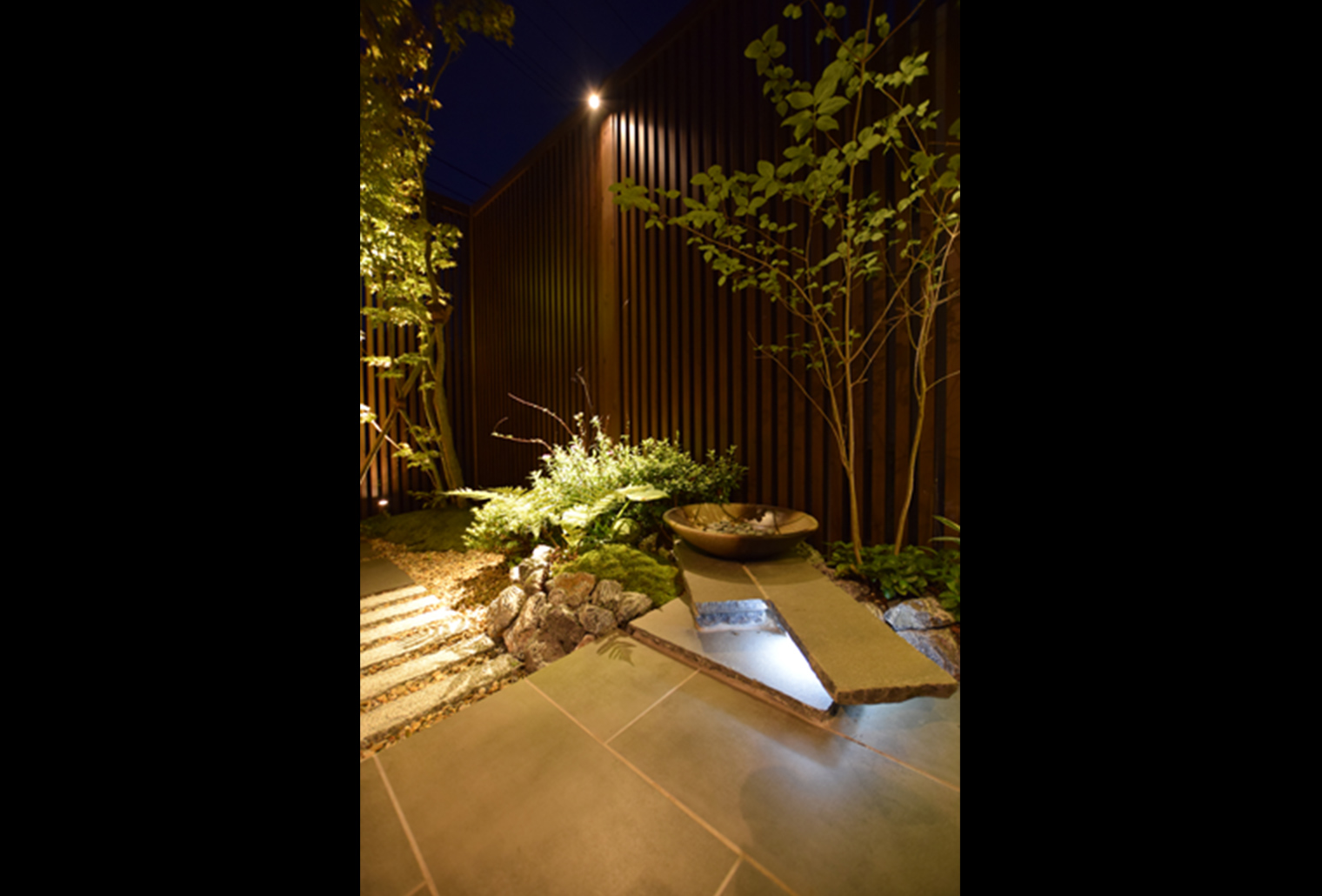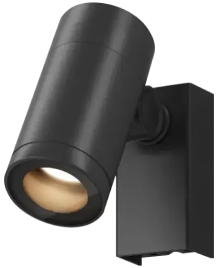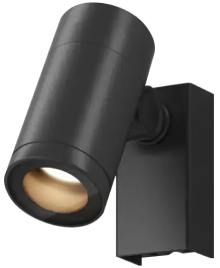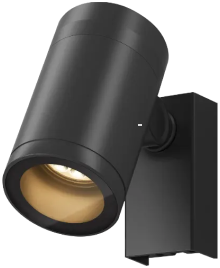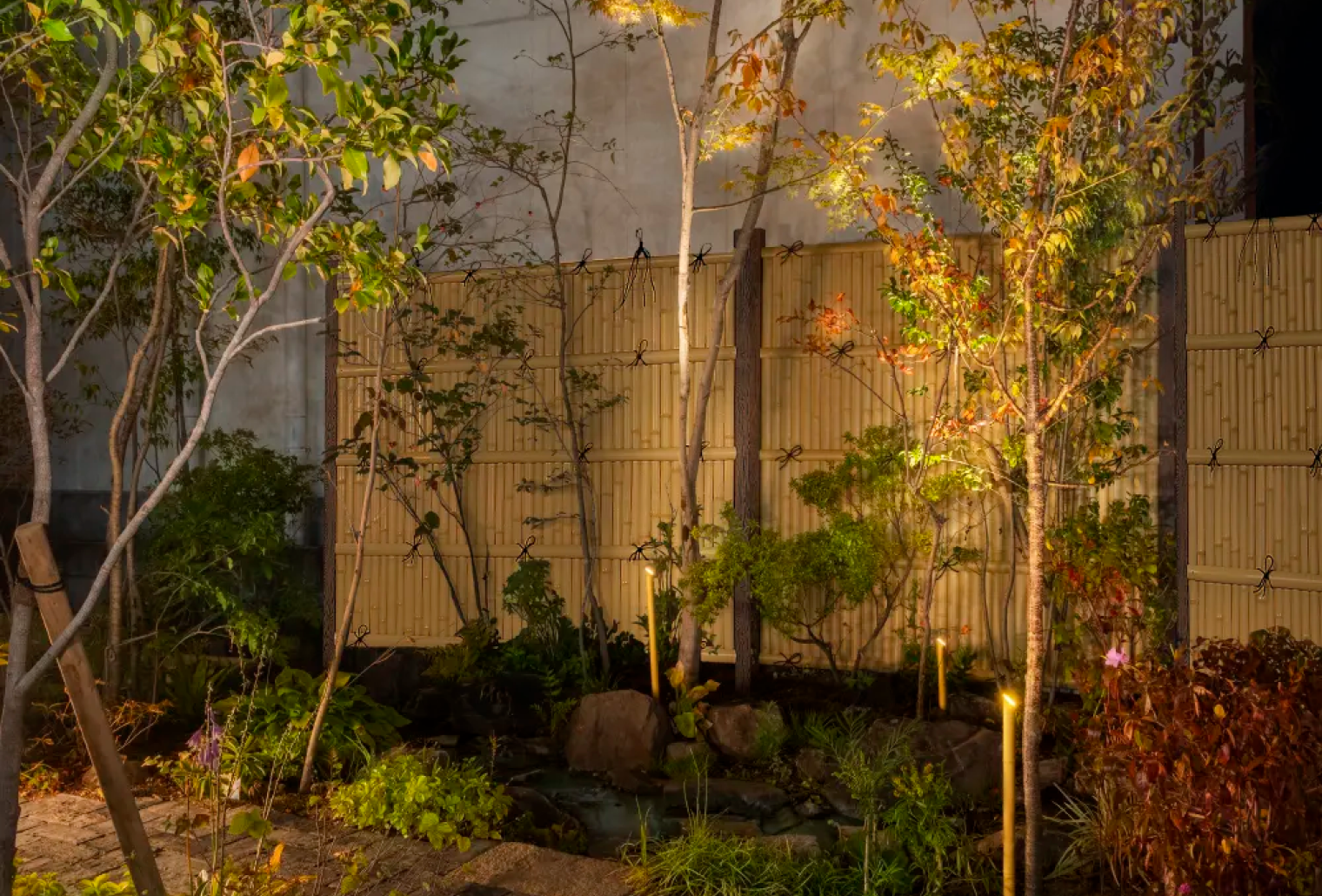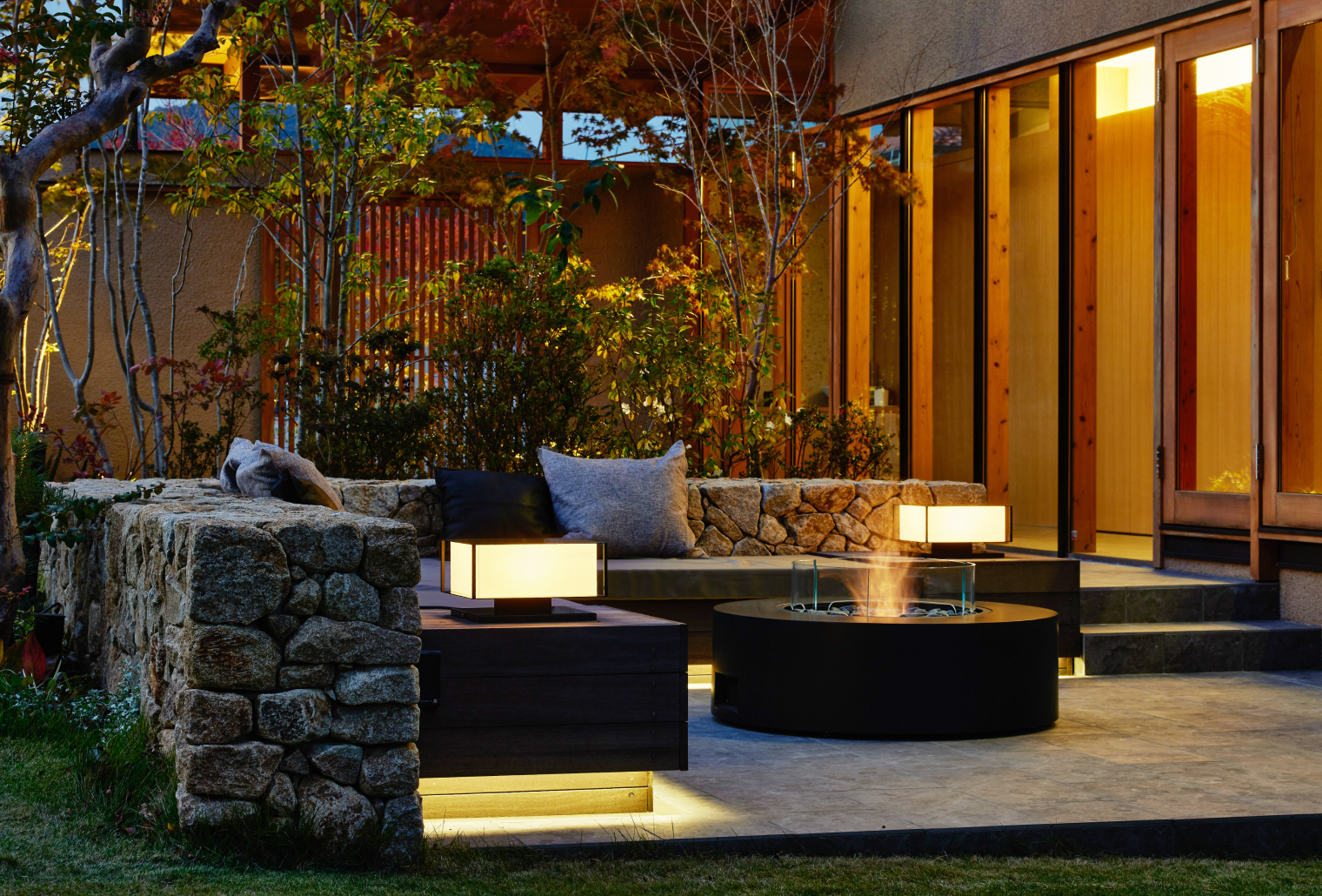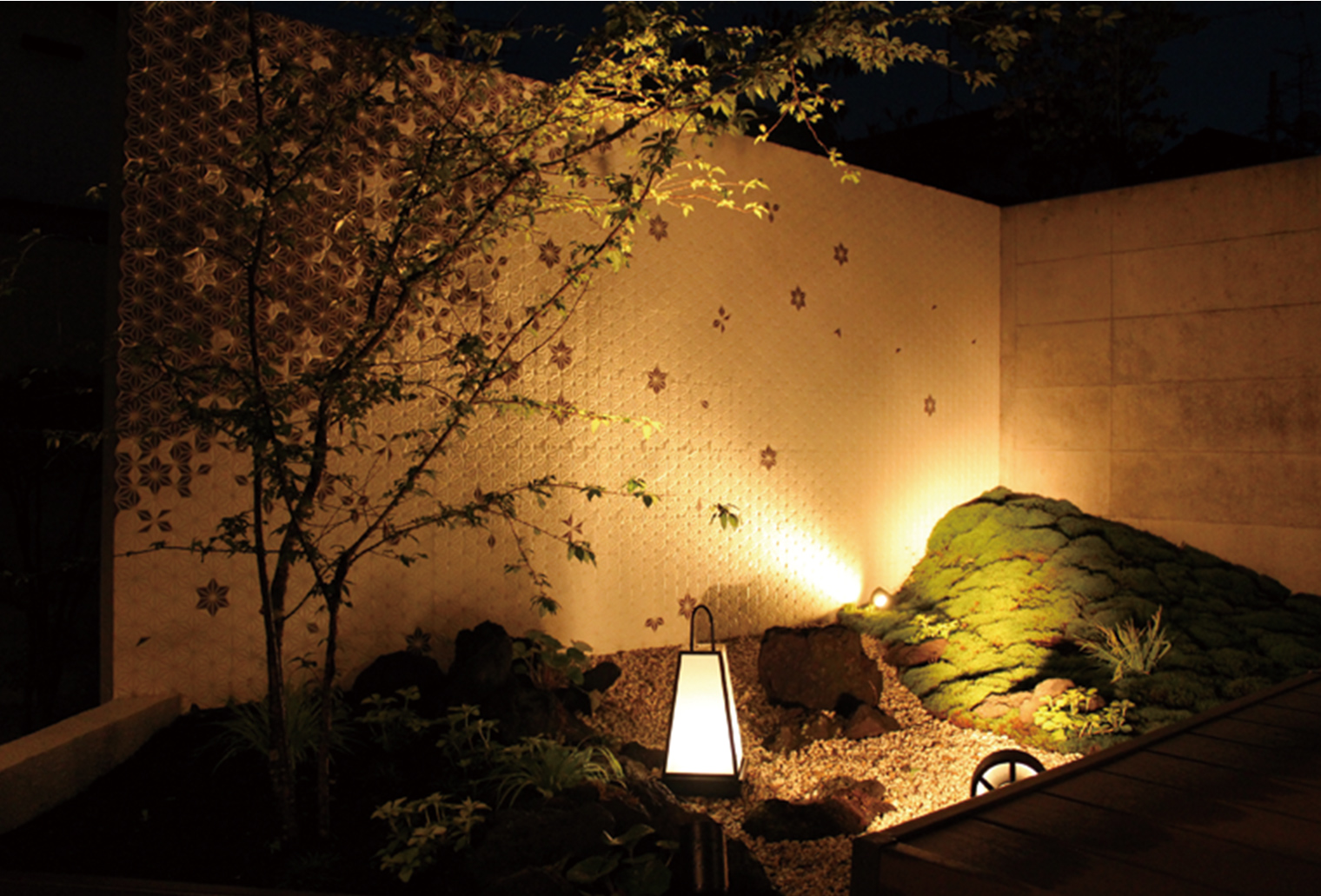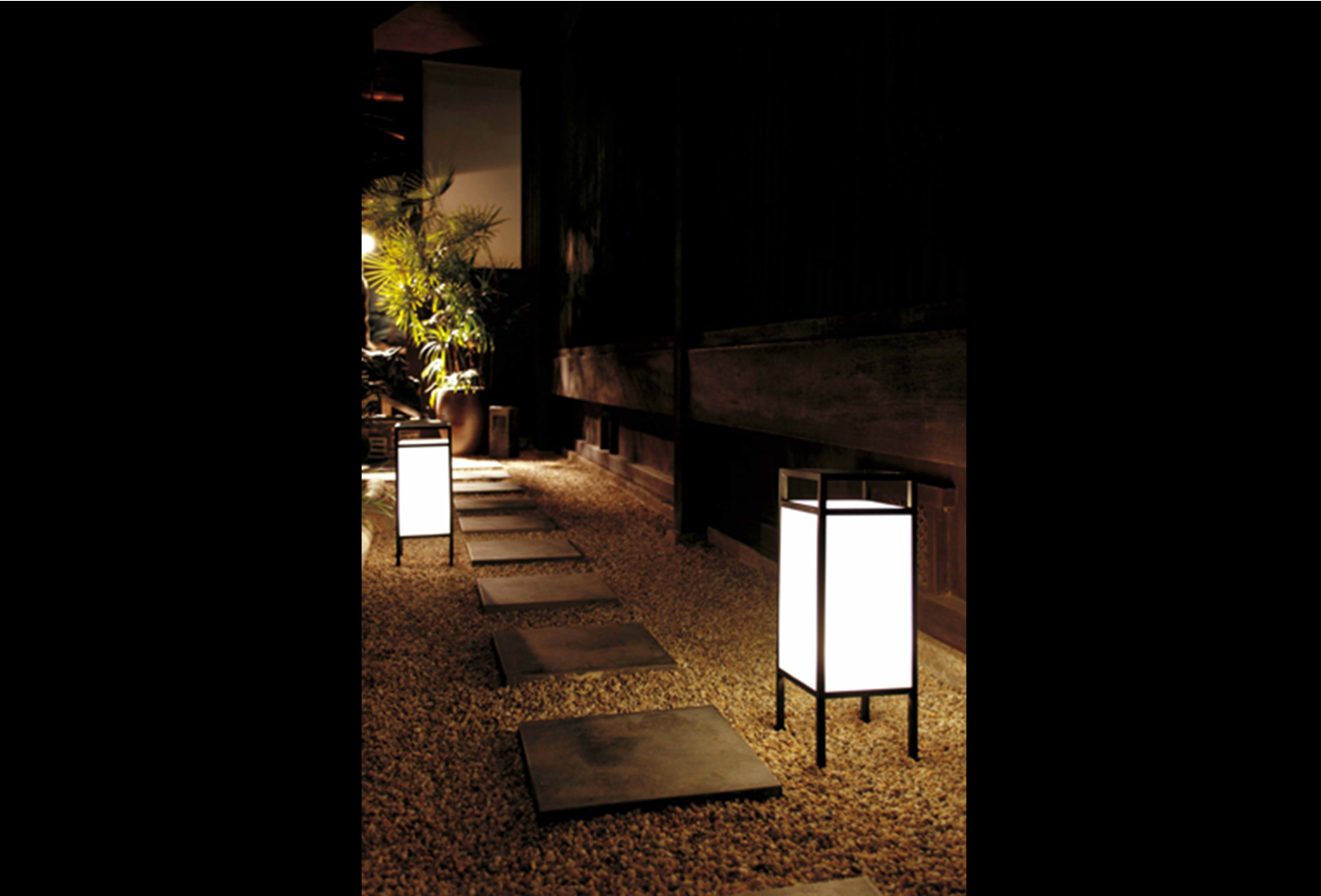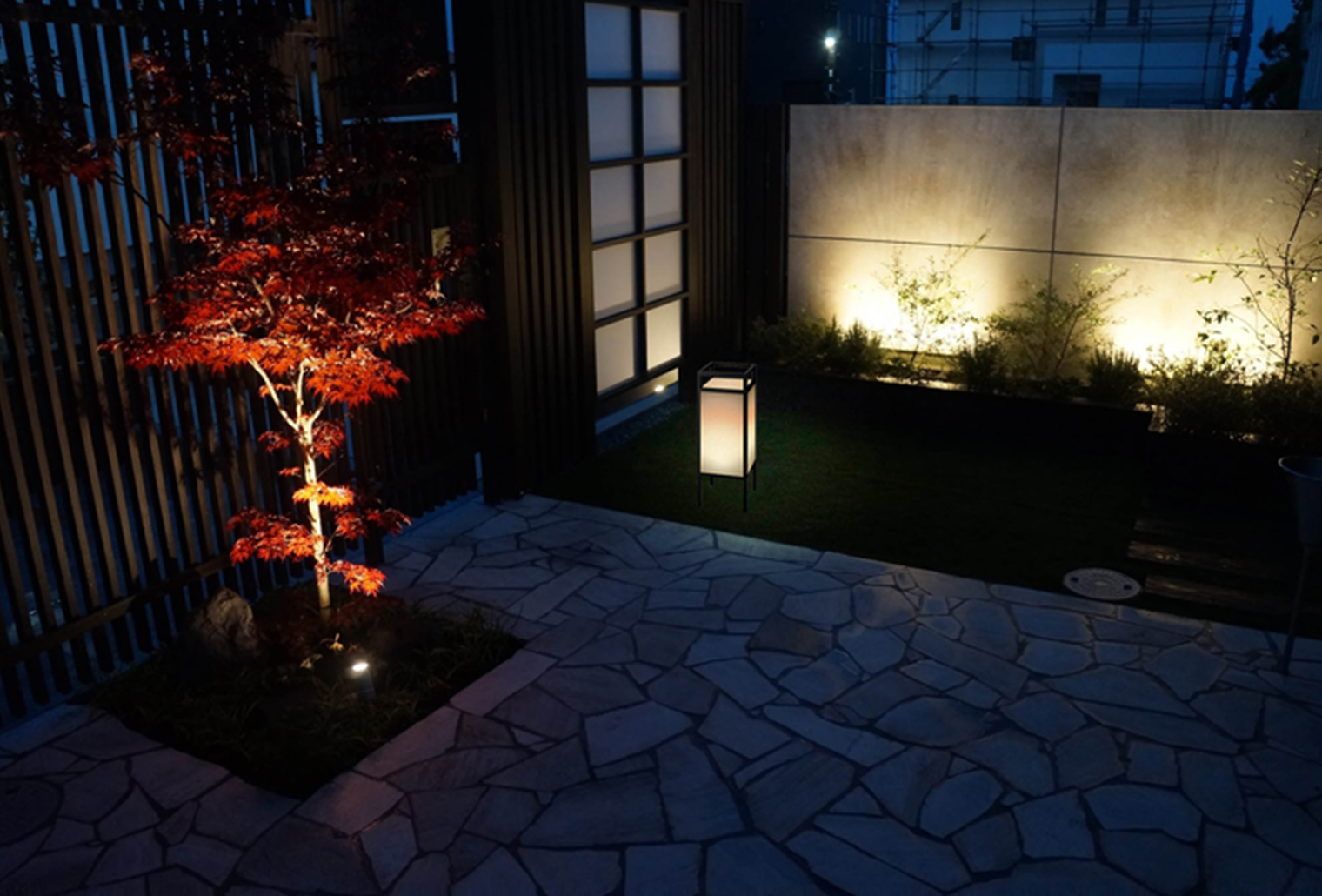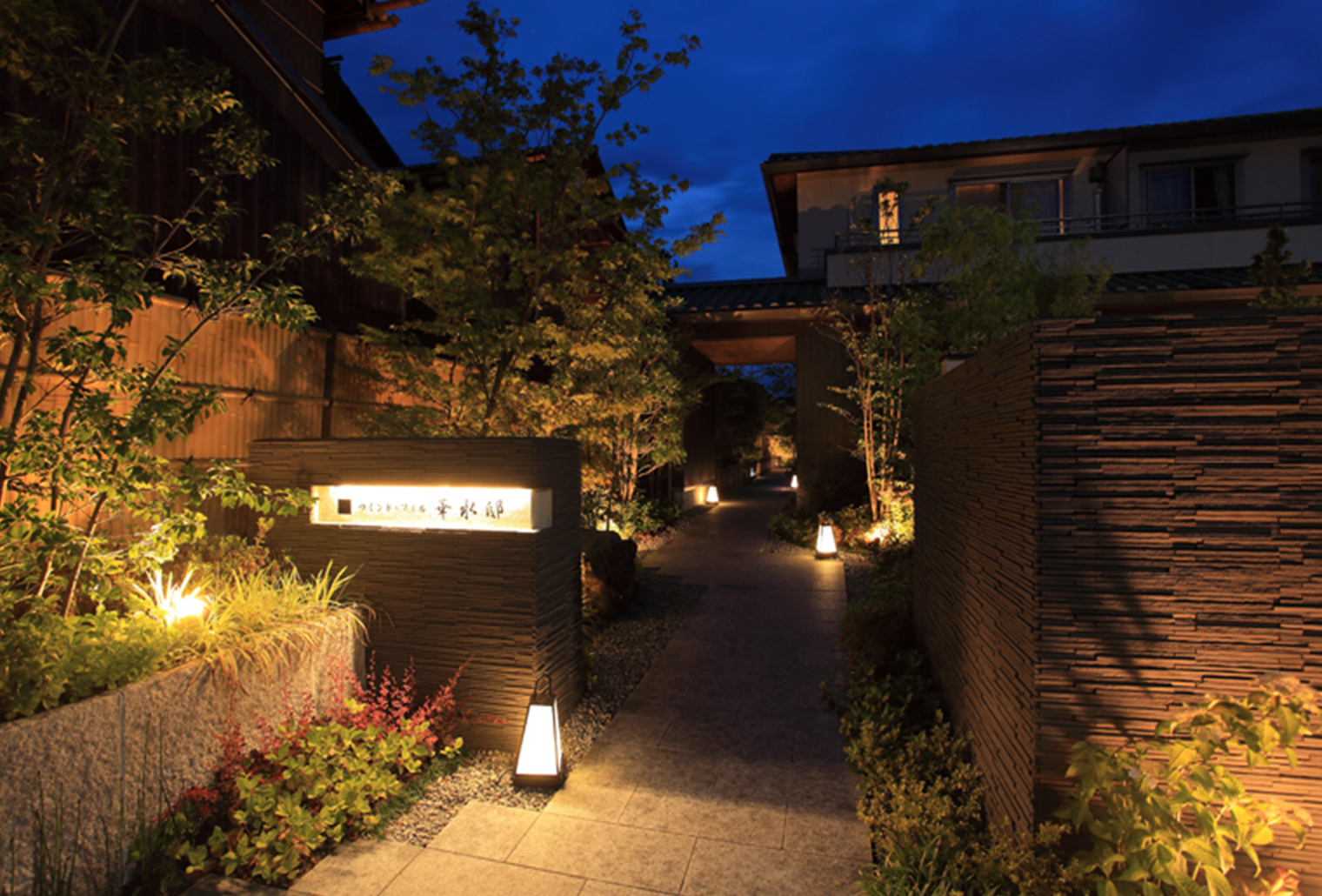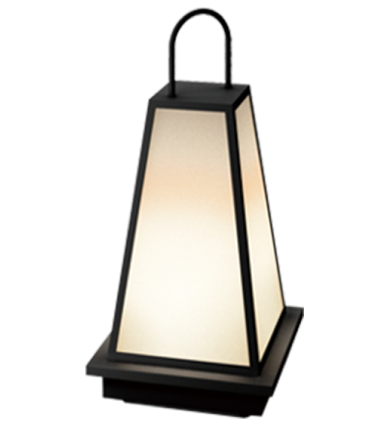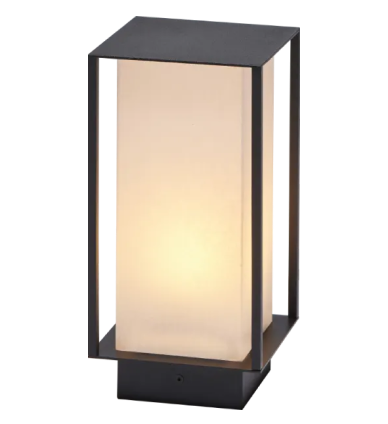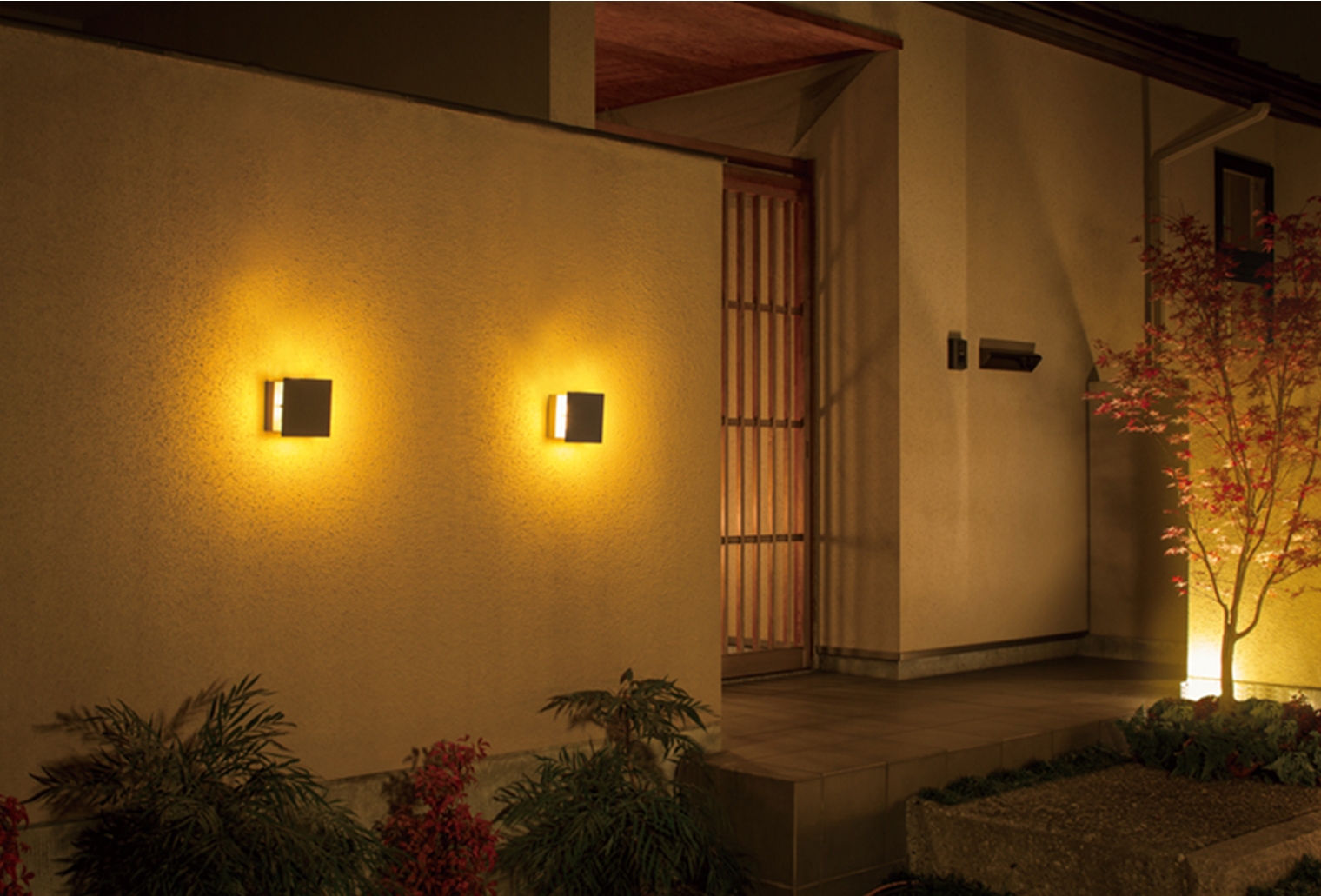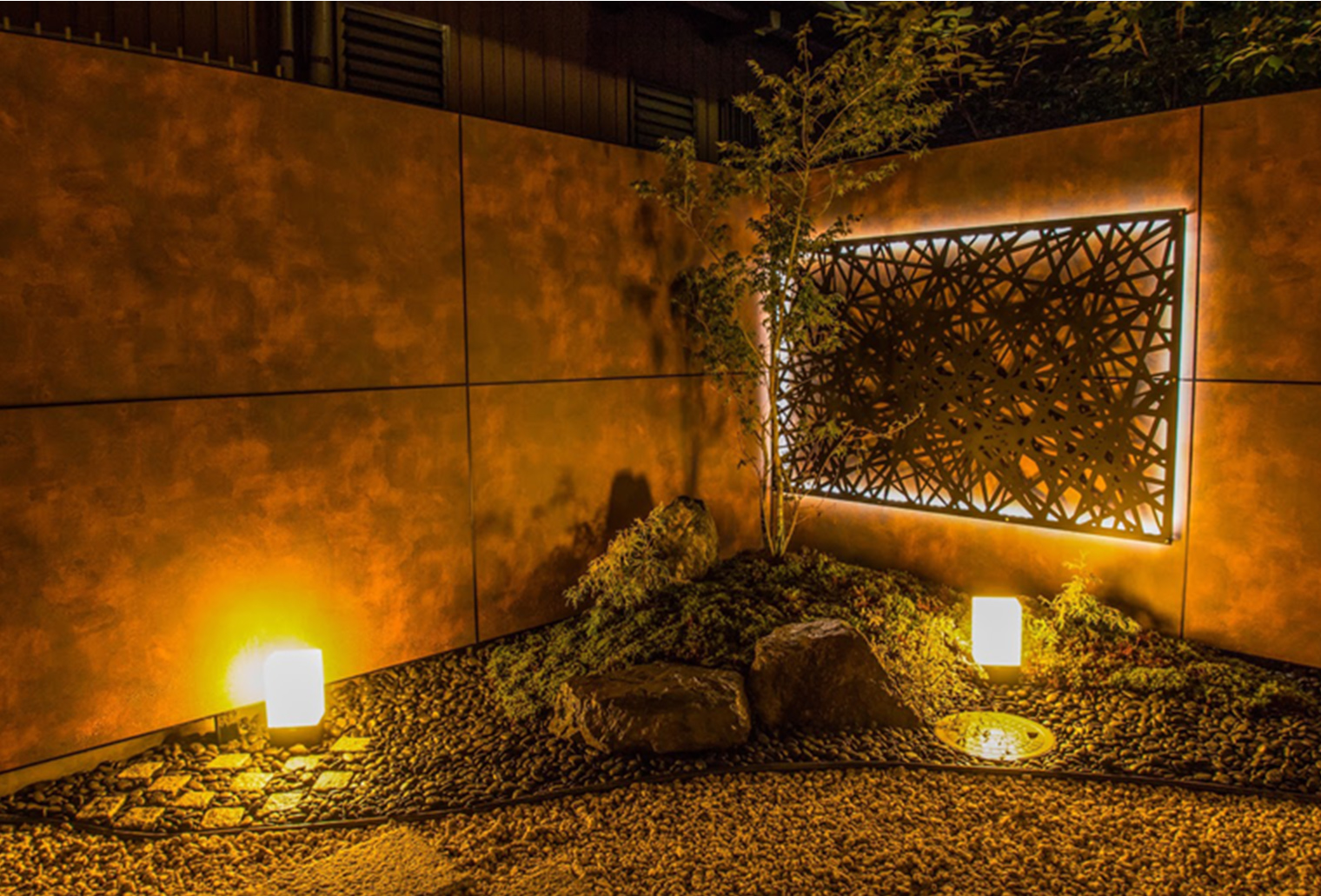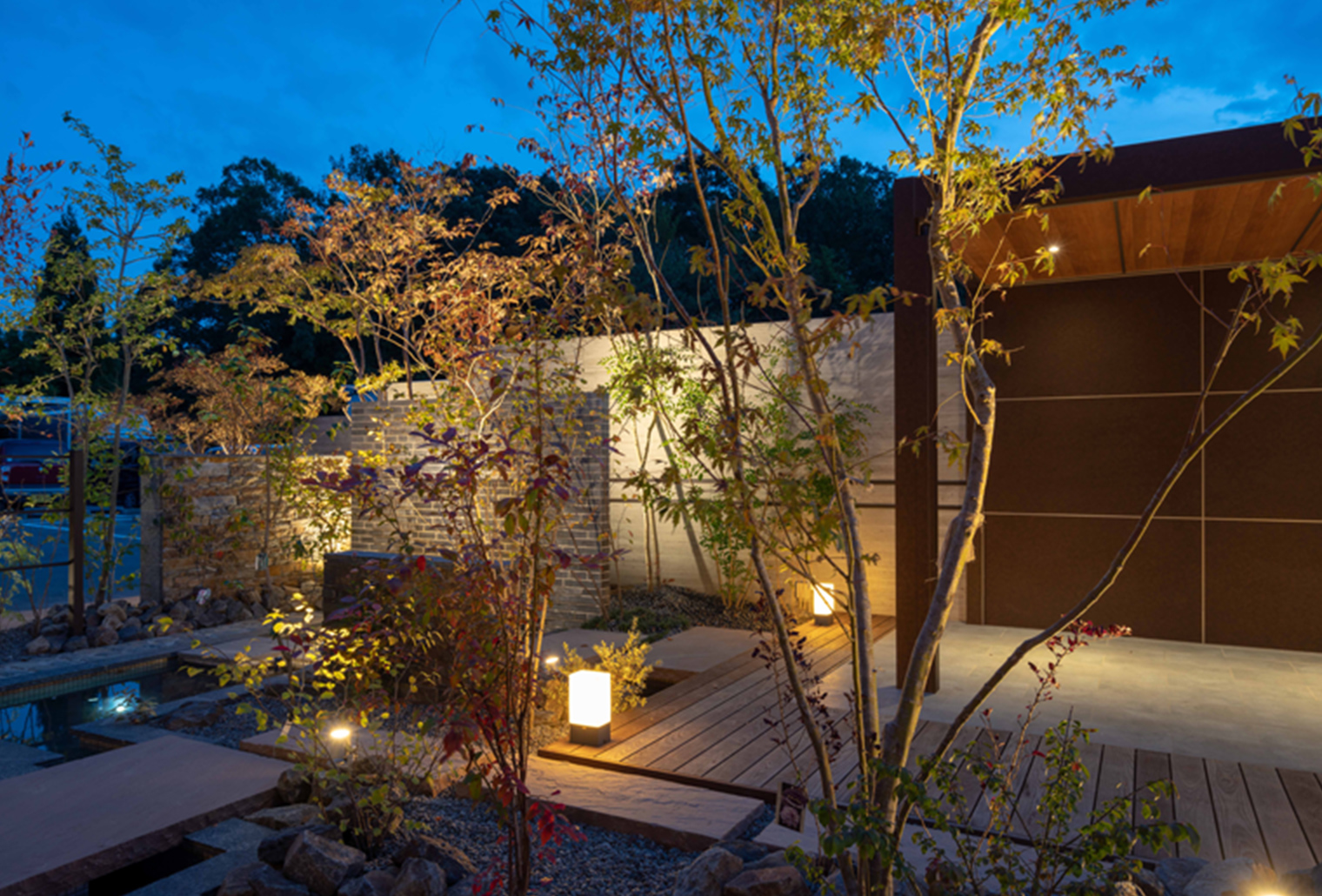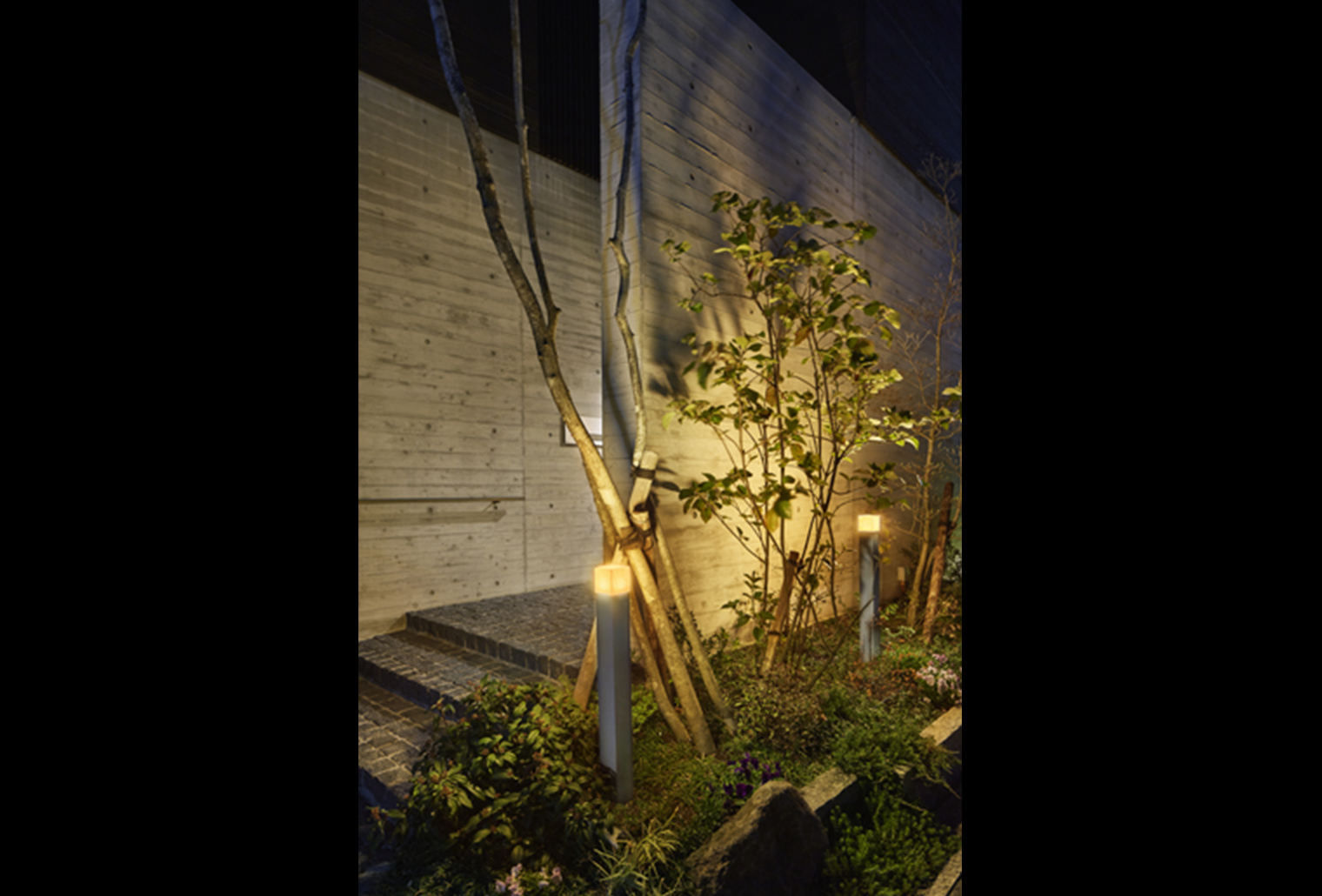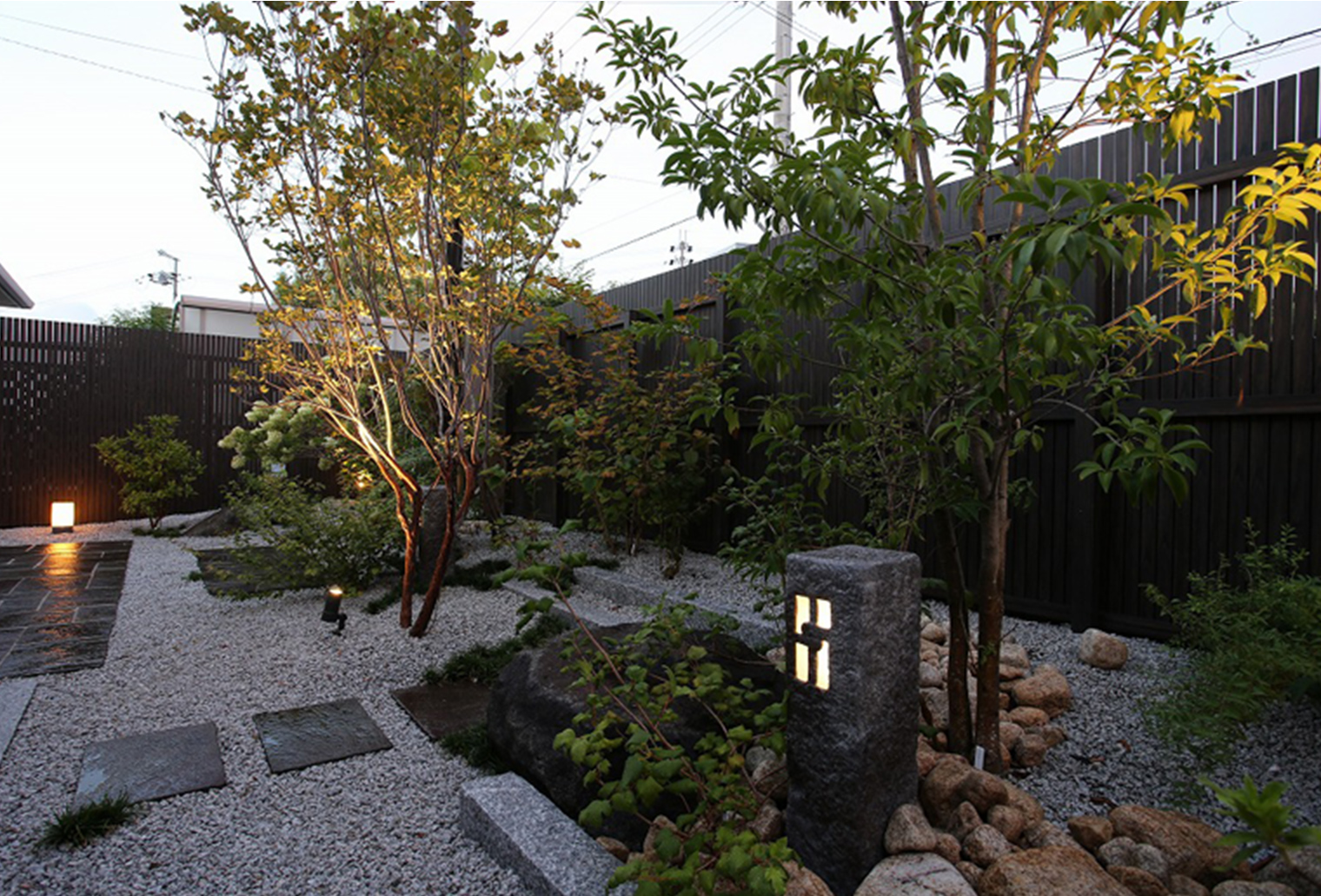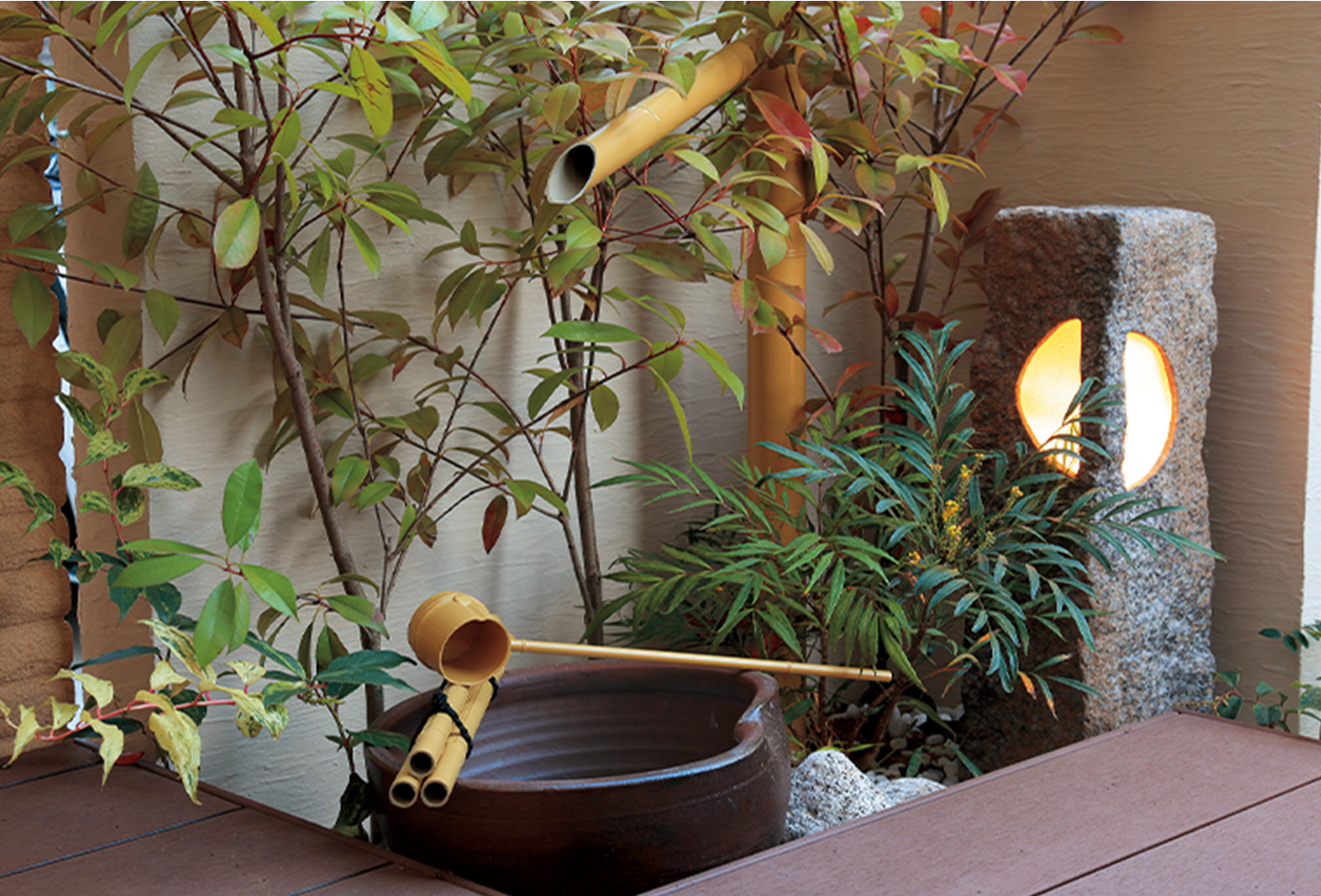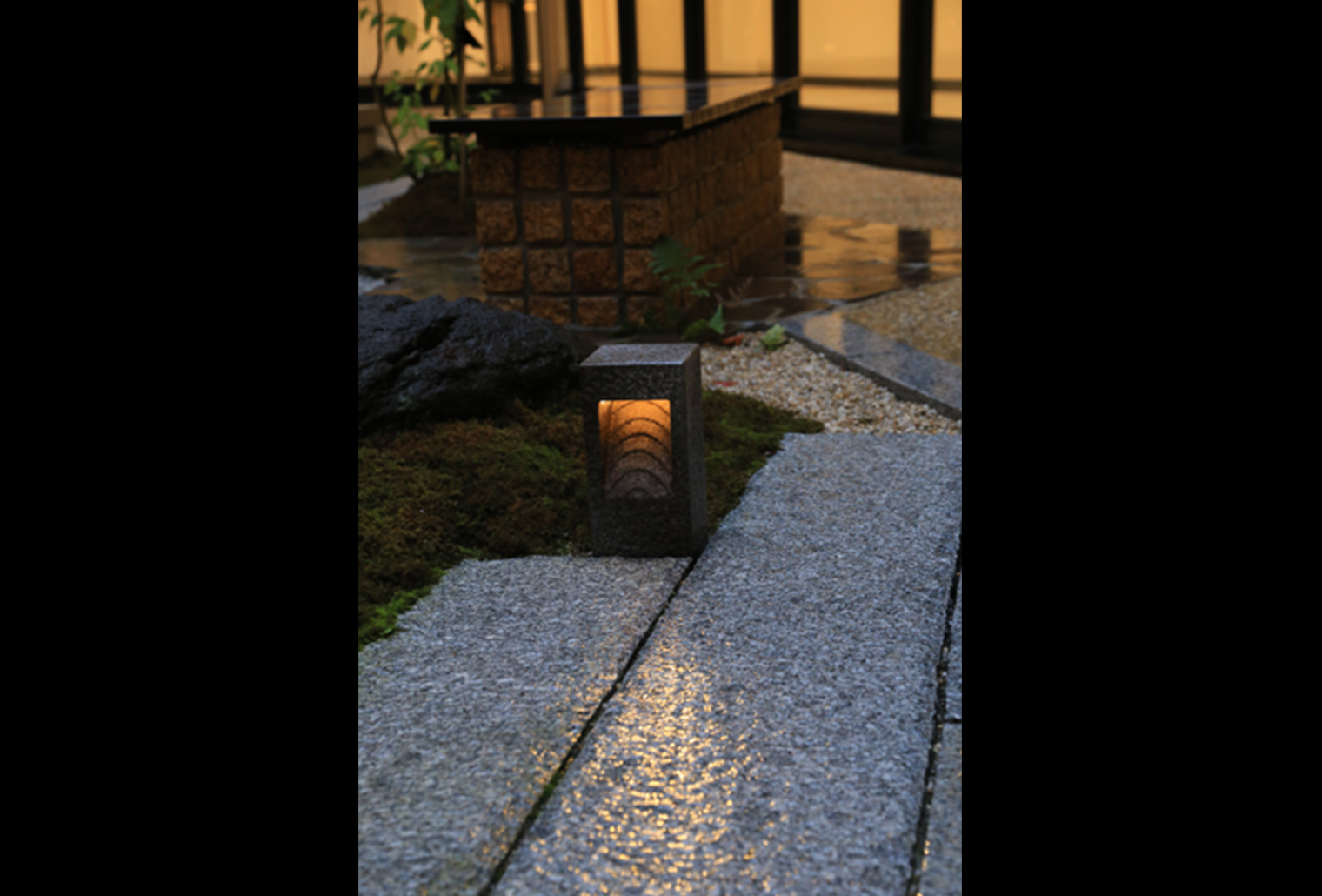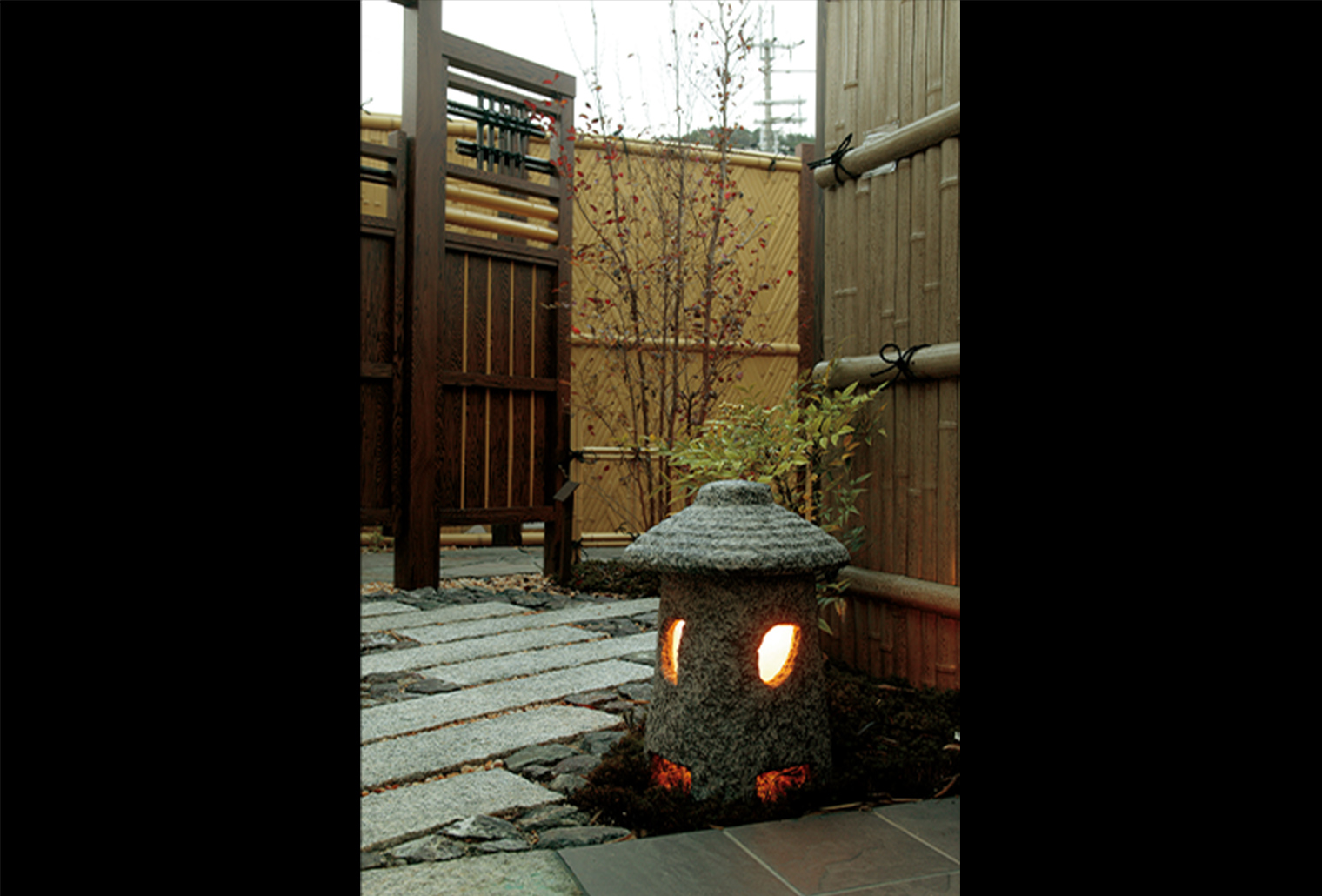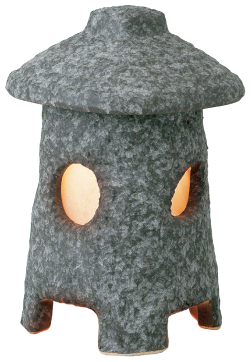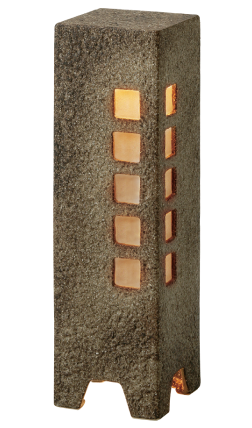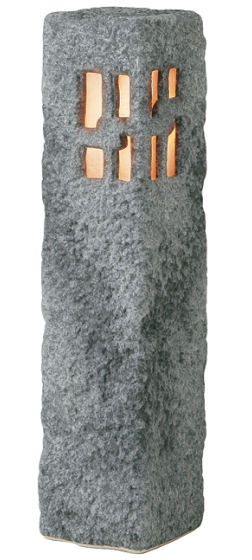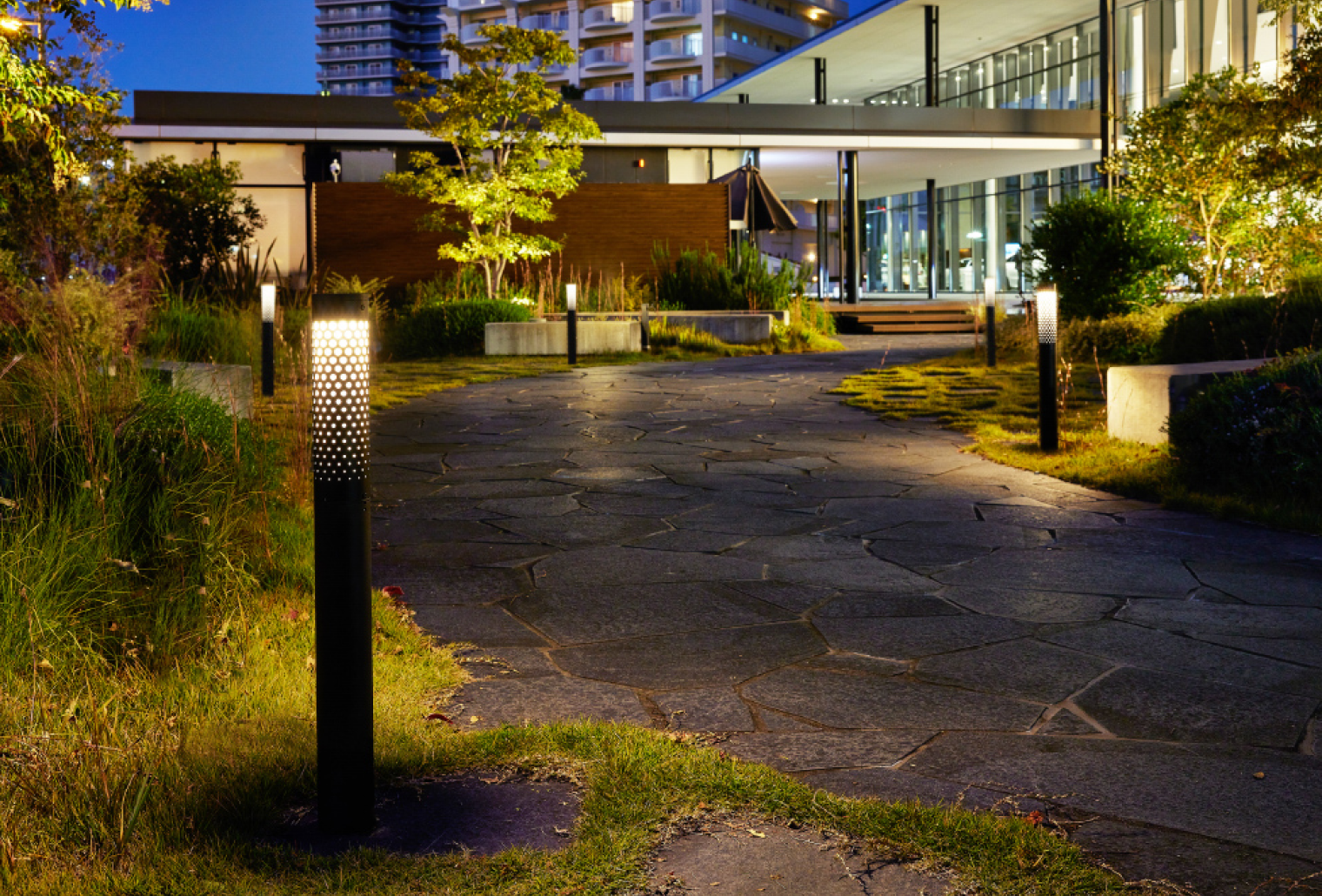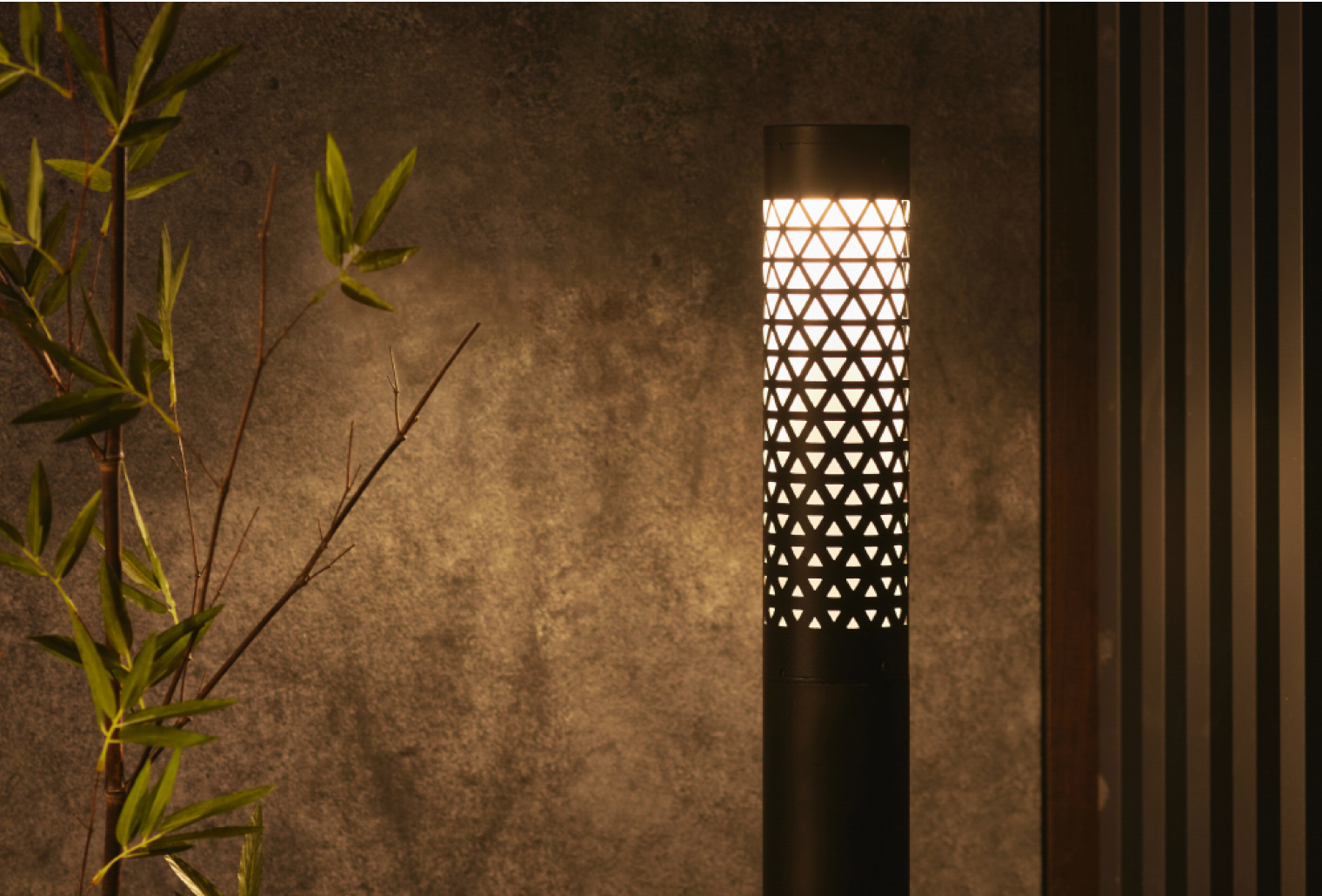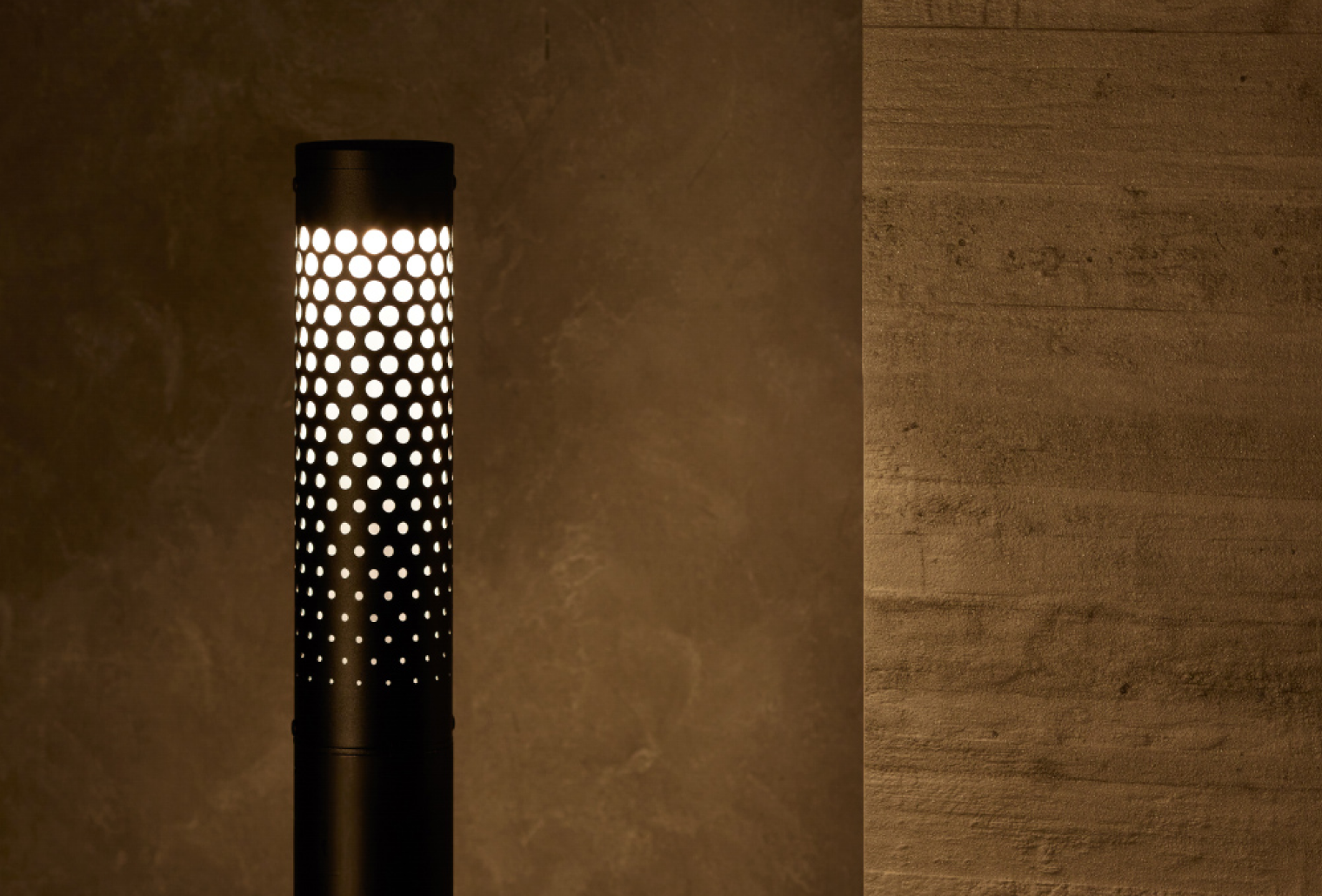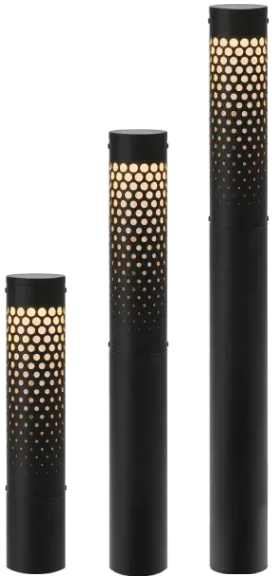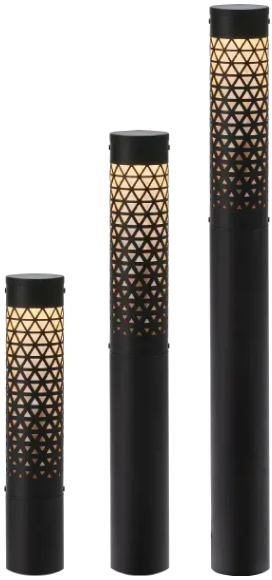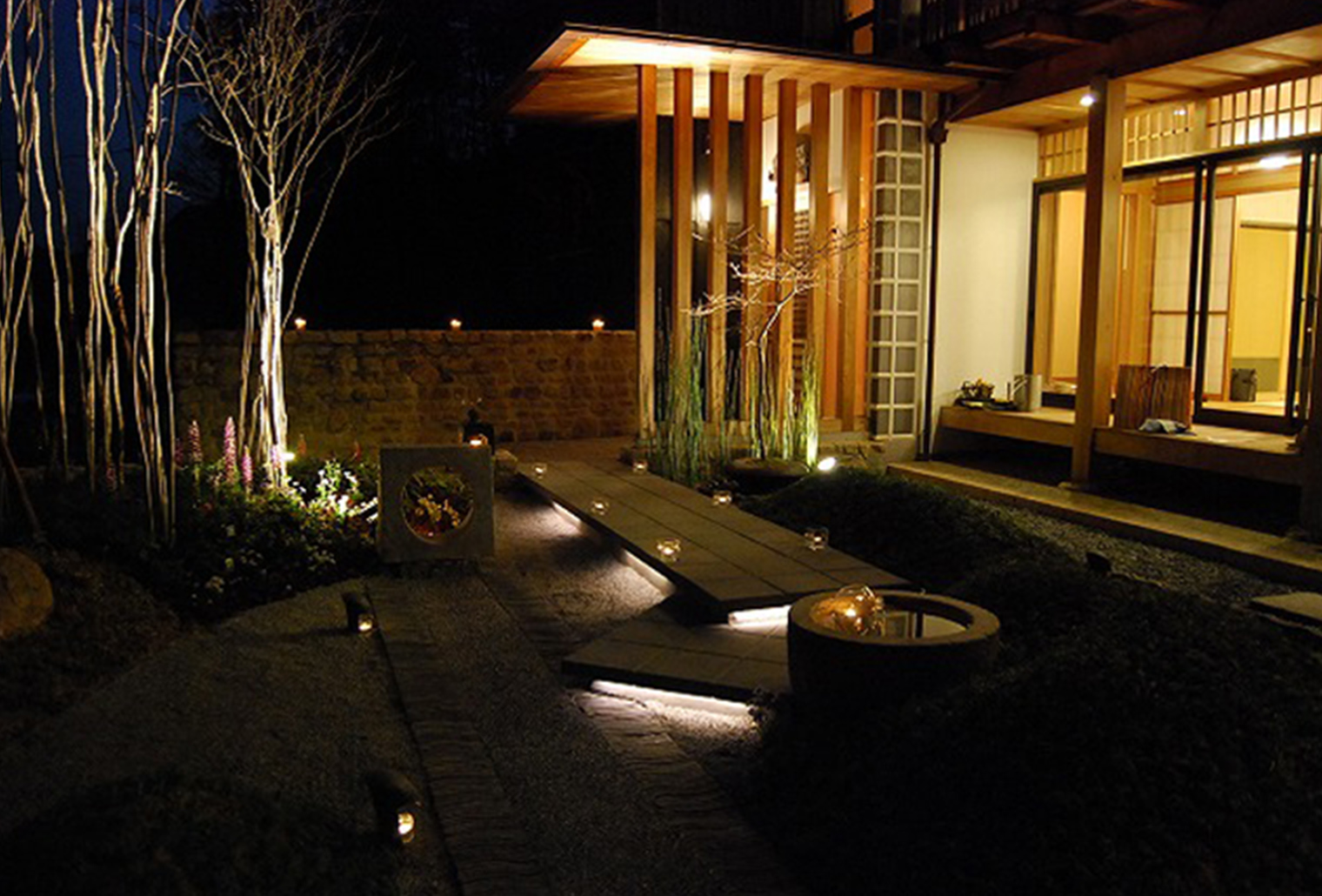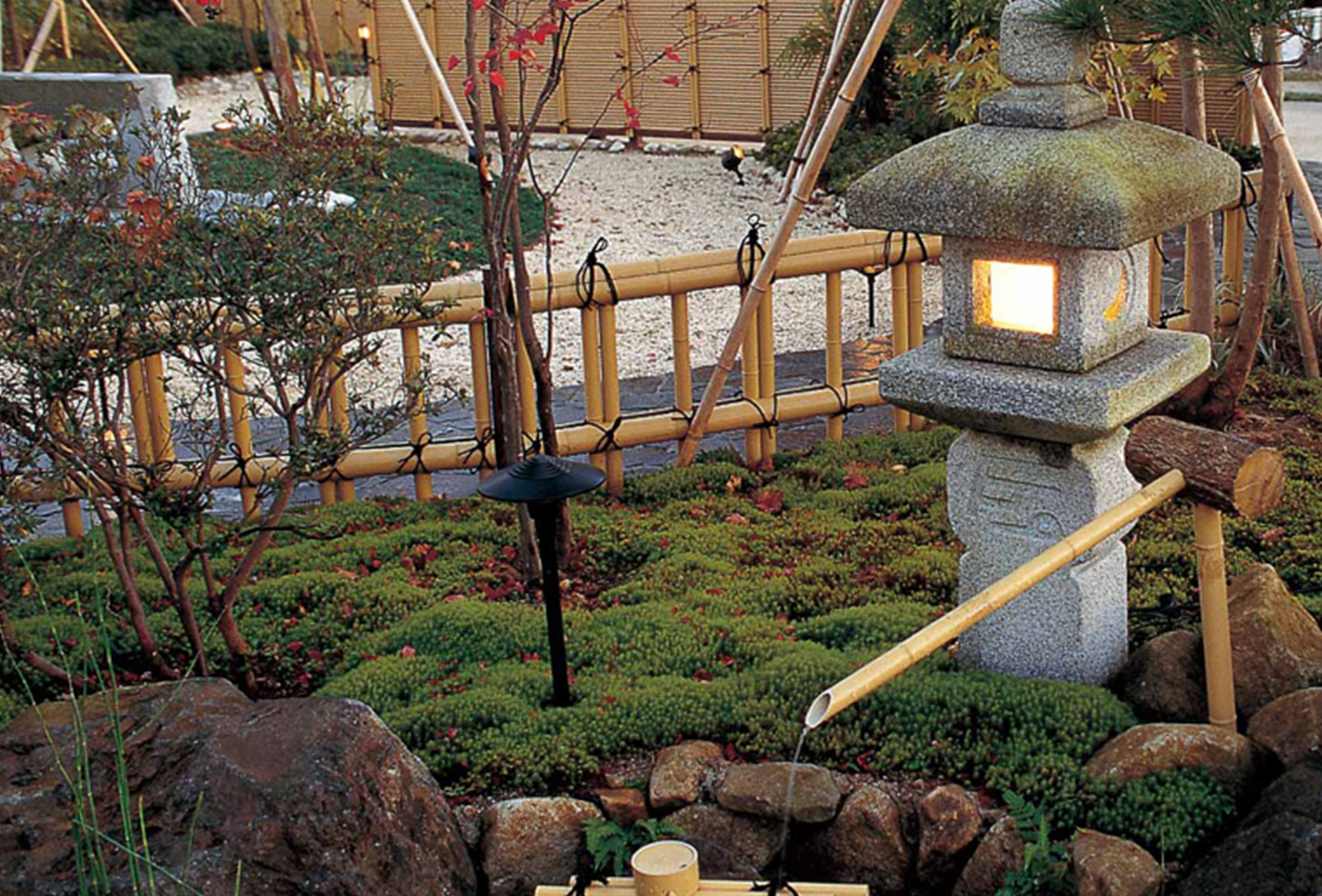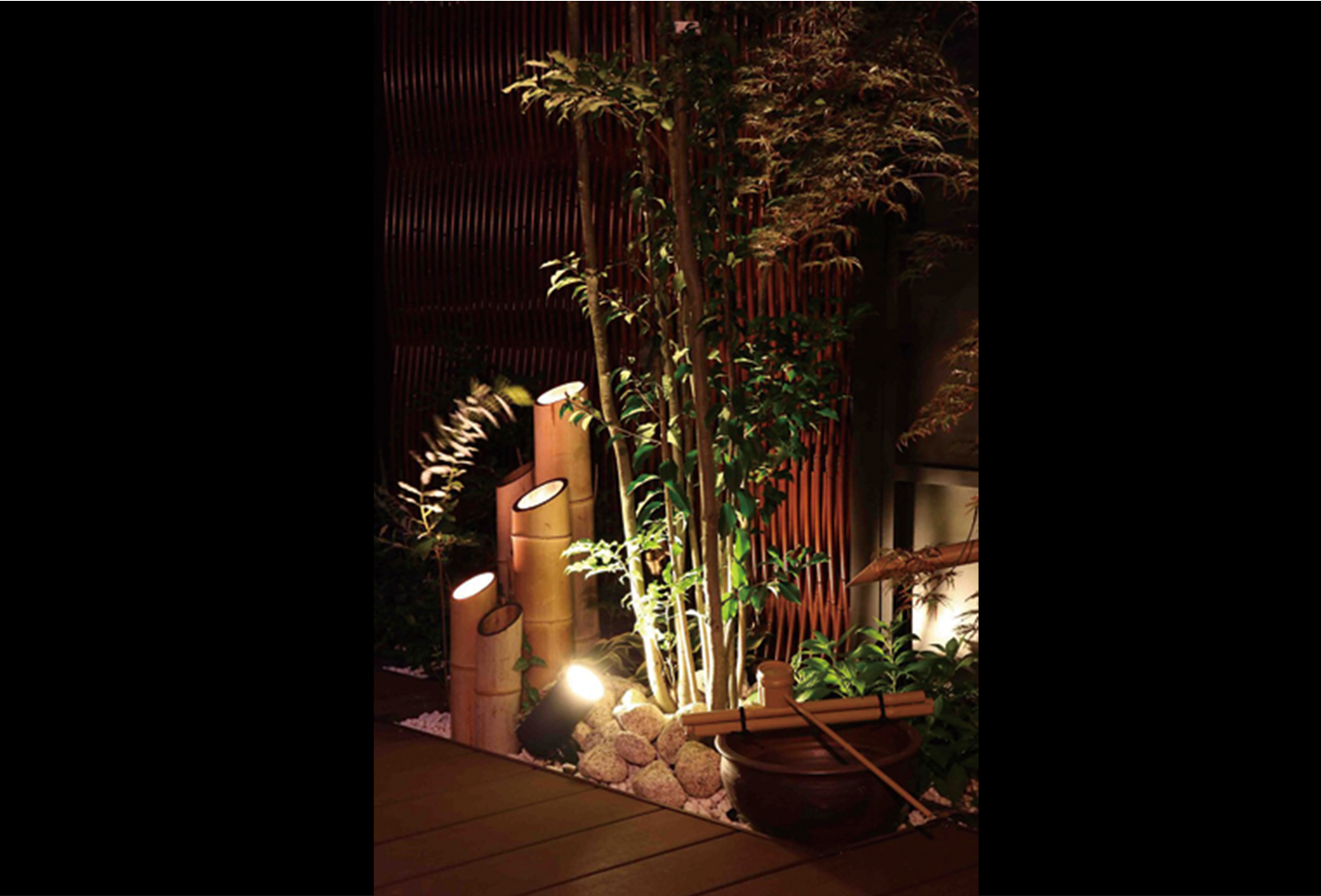Japanese Lighting
The 'Japanese light' is derived from Japanese traditions and culture. There are methods to make the nature look beautiful and fascinating, and also to enjoy the light that appears in the darkness. Experience a higher grade of 'Japanese light' by using them.
Japanese-style light
To create beautiful lighting in Japanese-style spaces, there are some tips hidden in Japanese history. In the Western Europe, buildings were built of stone with high position windows and gas lamps to take the overall brightness from a high position, on the other hand, in Japan, daylight is taken through the Shoji screens (paper sliding door) and night light is taken through the Andon with Japanese paper covering the fire. Based on these points, there are three features of light that suit the Japanese style, which are introduced below.
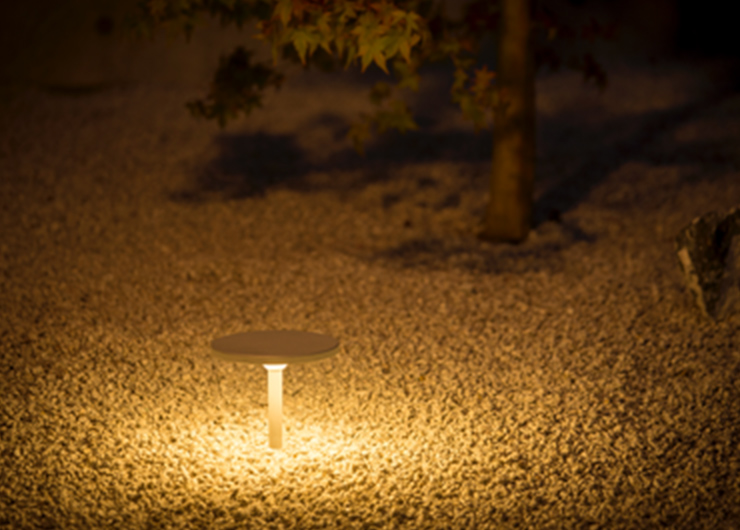
The gradation of shadows, without creating clear shadows.
In Japan, there is a phrase called 'In Ei Rai San' means in Praise of Shadows. It is a phrase that represents the Japanese sense of beauty and the idea that beauty lies in shadows, rather than everything being illuminated brightly. As seen in the light through the Andon (Japanese paper lanterns) and Shoji (paper sliding doors), creating a gradually gradation of light and dark, and avoiding clear shadows, can create a mood well-suited to a Japanese space.
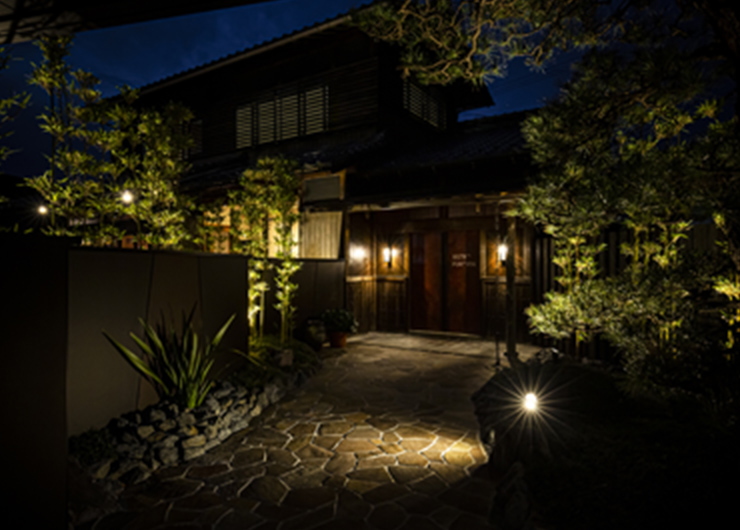
The three low lights.
Creating the three low lights in Japanese-style lighting makes it possible to present a serene space.
'Low-position' → gathering the brightness in a low position and keeping the light focussed in a low position.
'Low luminance' → reduced visual glare
'Low color temperature' → Illuminate the light with a reddish color with a lower kelvin rating.
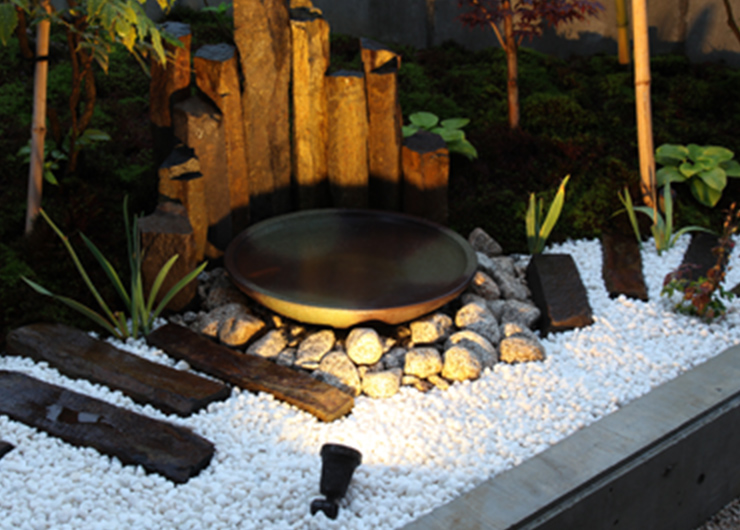
Emphasis on Japanese materials.
There are a variety of materials and items that enhance the traditional Japanese taste of a Japanese-style garden. Lighting objects can be a focal point, so use Japanese items and materials for lighting to create a Japanese night-time atmosphere.
LINE UP
 Illuminate nature
Illuminate nature
Japan has a natural environment to enjoy natural modeling. The secret of Japanese-style lighting is to find and illuminate the protagonist in nature. By selecting trees, ponds, and gravel as targets and lighting them with a Japanese-style feel, you can lead to a Japanese space at once.
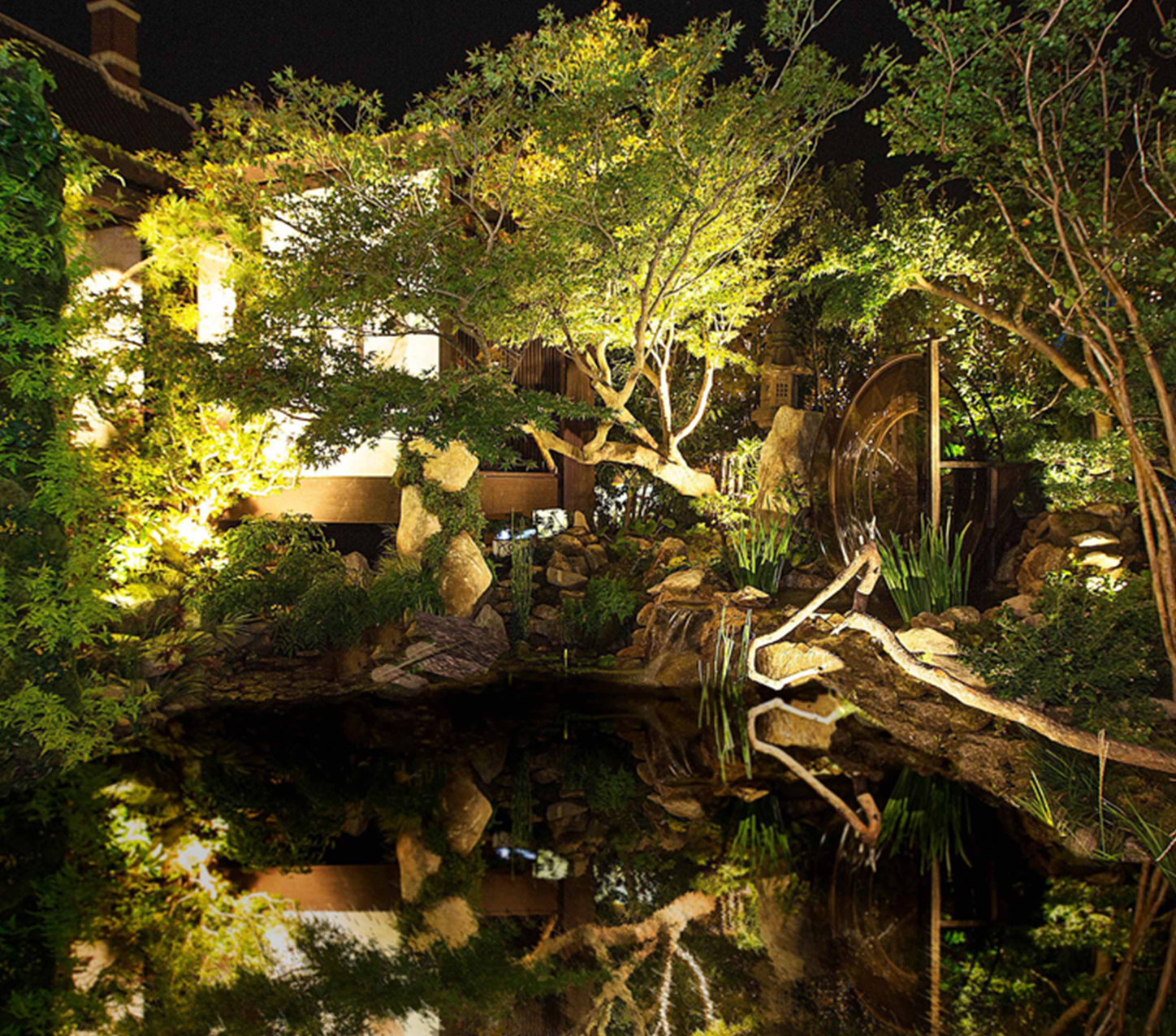
Garden Uplight
Recommendation
- Recommendation
-
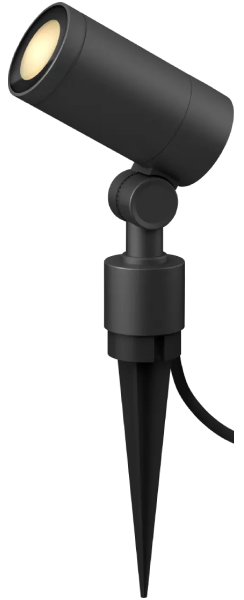 HBB-D69K
HBB-D69K
12V/24VProduct details
-
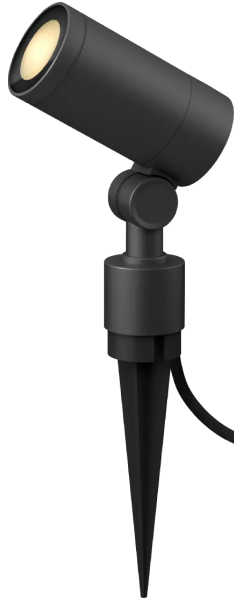 HBB-D71K
HBB-D71K
12V/24VProduct details
-
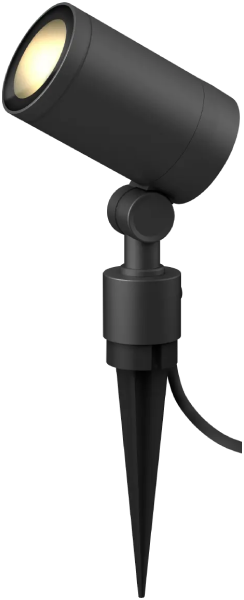 HBB-D73K
HBB-D73K
12V/24VProduct details
Wall Spot Light
Recommendation
 Illuminate with Japanese materials
Illuminate with Japanese materials
A Japanese garden with extensive use of the natural materials. By using Japanese materials for the exterior of the lights, the lights harmonise with nature.
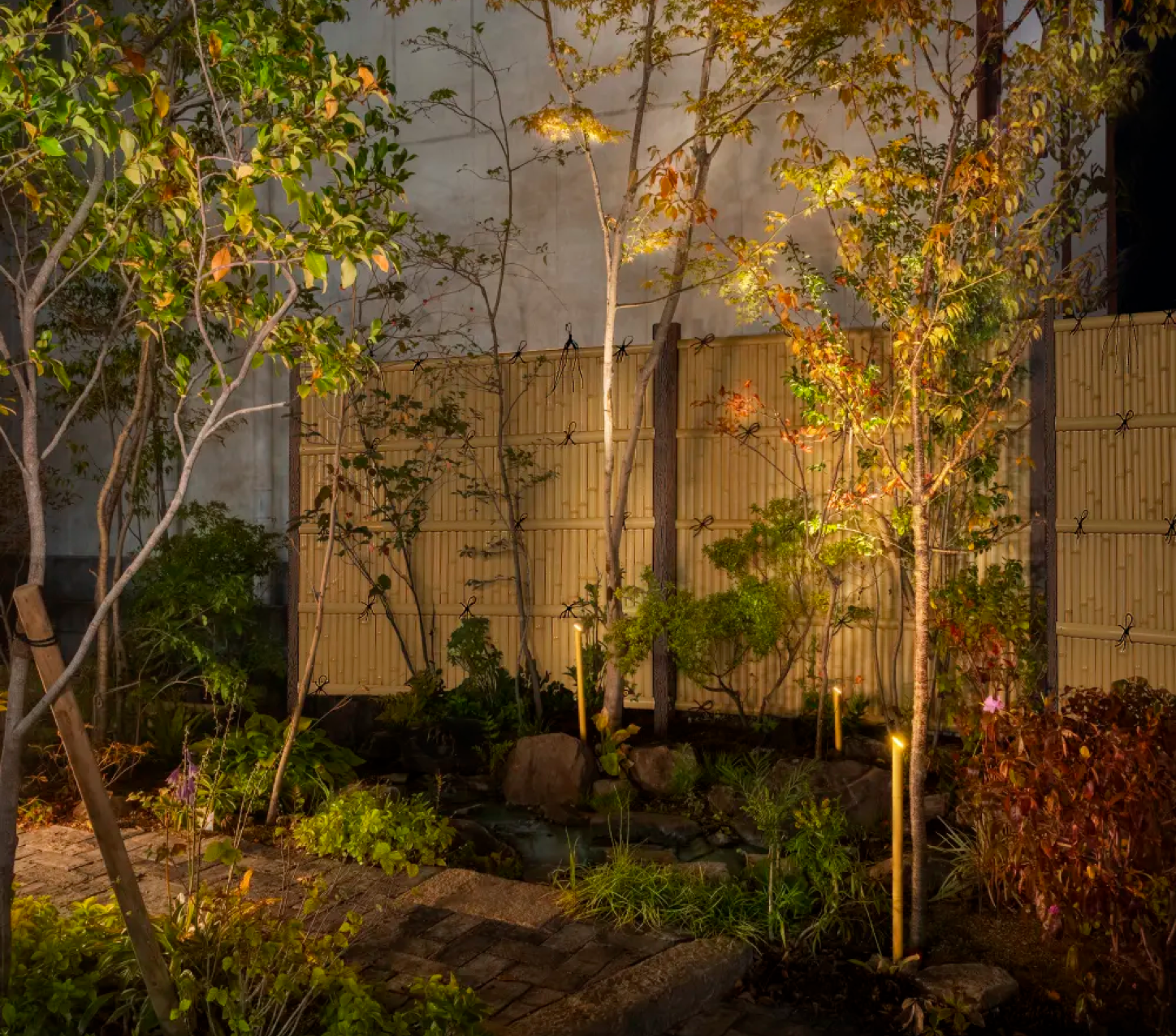
Bamboo Spot Light
Recommendation
- Recommendation
-
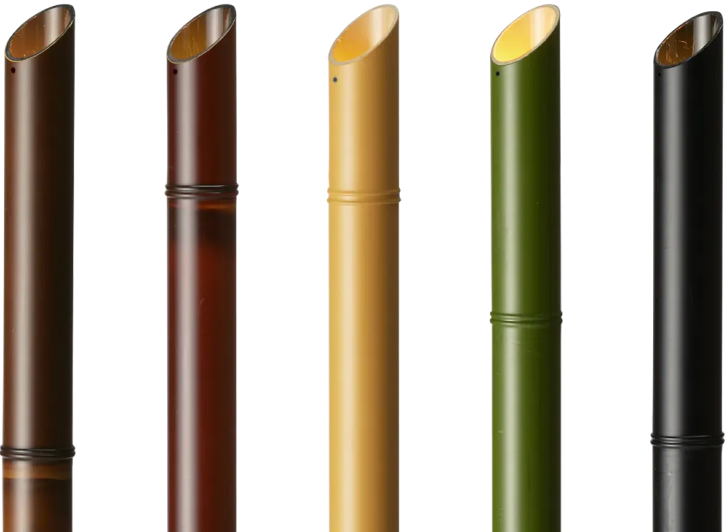 HBB-D117Y/B/K/T/S
HBB-D117Y/B/K/T/S
12V/24VProduct details
 Decorate with Japanese lighting
Decorate with Japanese lighting
There are traditional Japanese-style lights in Japan, such as the ANDON ( Japanese paper lantern ) and TORO ( stone lantern ). Keeping the original shape, but using the modern materials and durability of Japanese lighting, any space can be turned into a Japanese space.
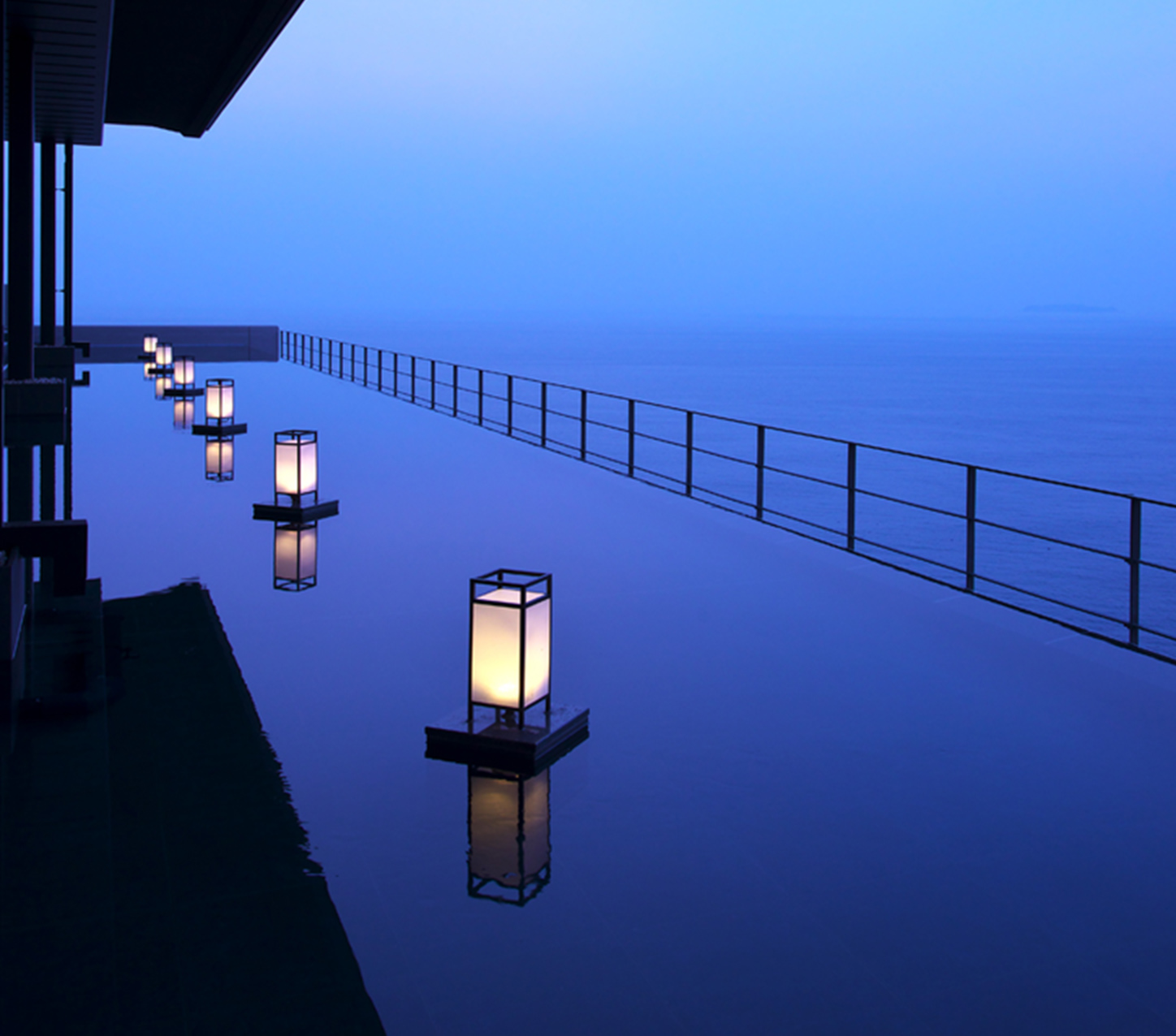
ANDON (Japanese paper lantern) light (classic type)
Recommendation
Japanese-style light - IKI series
Recommendation
- Recommendation
-

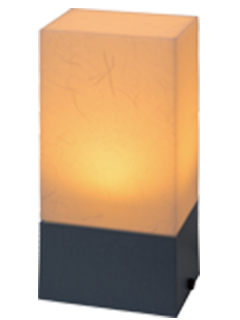 HGB-H06B
HGB-H06B
12V/24VProduct details
-
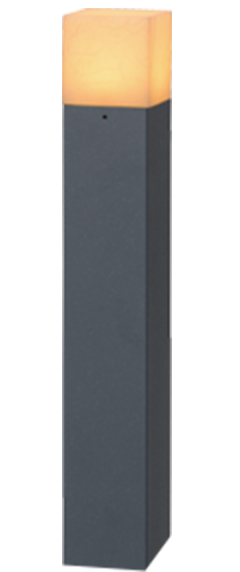
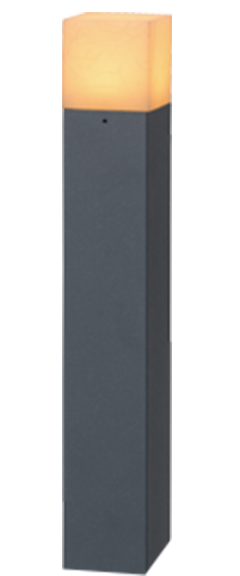 HGB-H07B
HGB-H07B
12V/24VProduct details
-

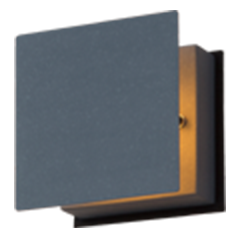 HGB-H04B
HGB-H04B
12V/24VProduct details
Pottery Light
Recommendation
 Harmonise with the space
Harmonise with the space
Designed for "Japanese","Western-style" and "Modern Japanese" spaces. Designed for "Japanese","Western-style" and "Modern Japanese" spaces. The gradation of light blends into the space and the reduced presence of the fixtures spreads a gentle light that appears in the dark.

Torch Path Stand Light Trust / Torch Pole Light Trust
Recommendation
 Adding light softly
Adding light softly
Japanese lighting that has evolved
in the dark.
Not just looking for brightness, also
loves the light that emerges in the
darkness.
By using indirect light, can enjoy
the shadows that emerge while
suppressing the light.
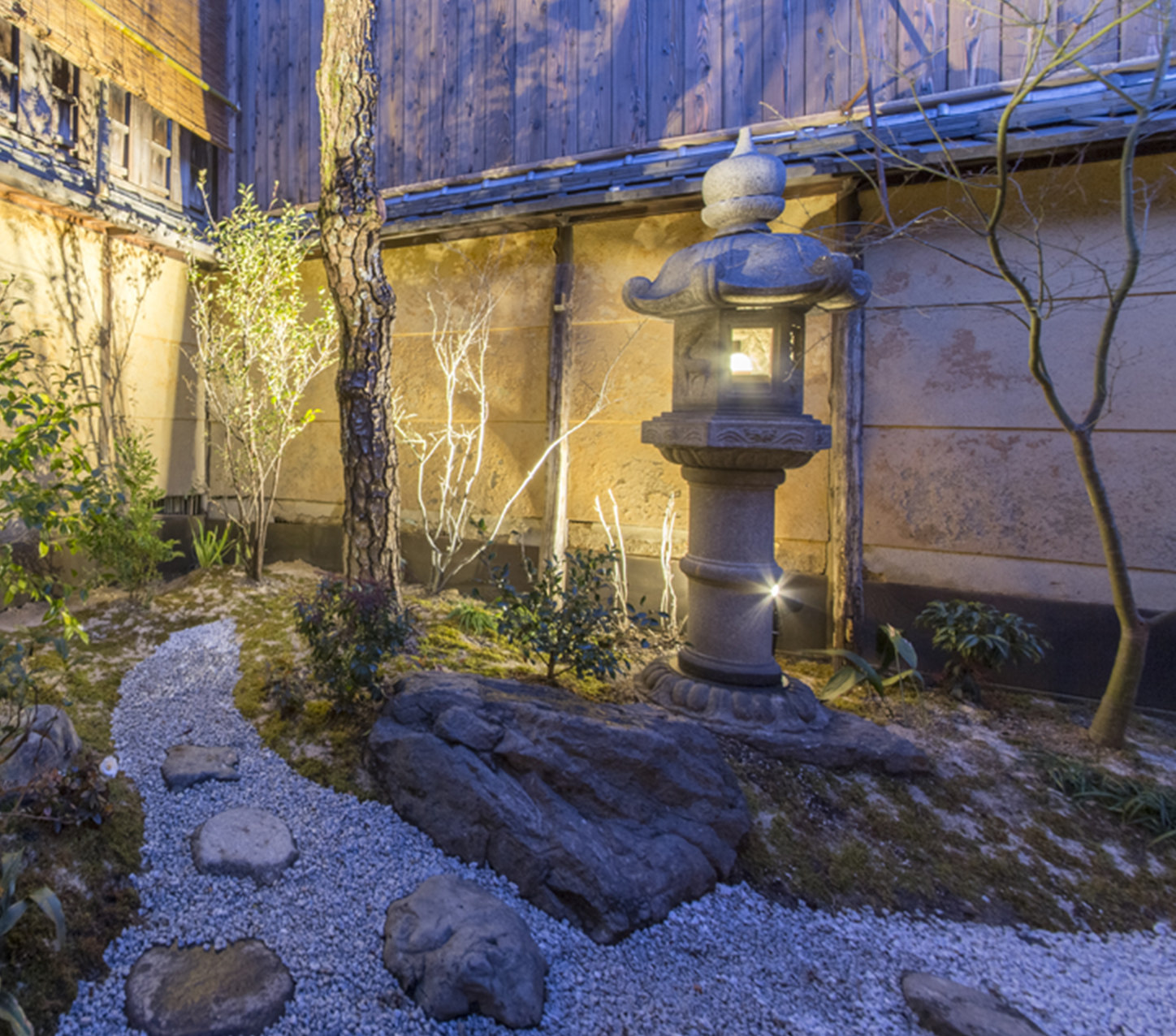
Indirect light
Recommendation
- Recommendation
-
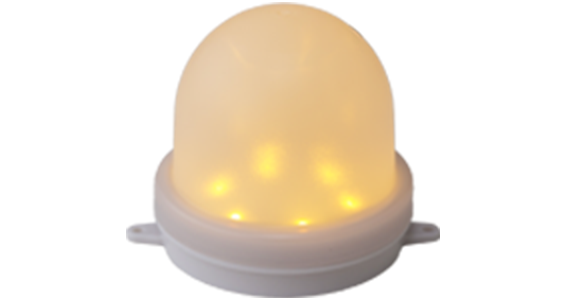
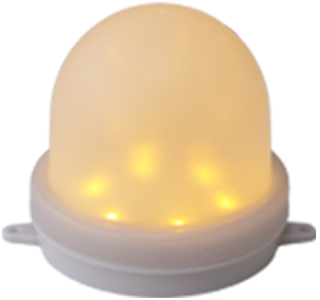 HBE-Y35N
HBE-Y35N
24VProduct details
-
 HAC-D12T
HAC-D12T
12VProduct details






